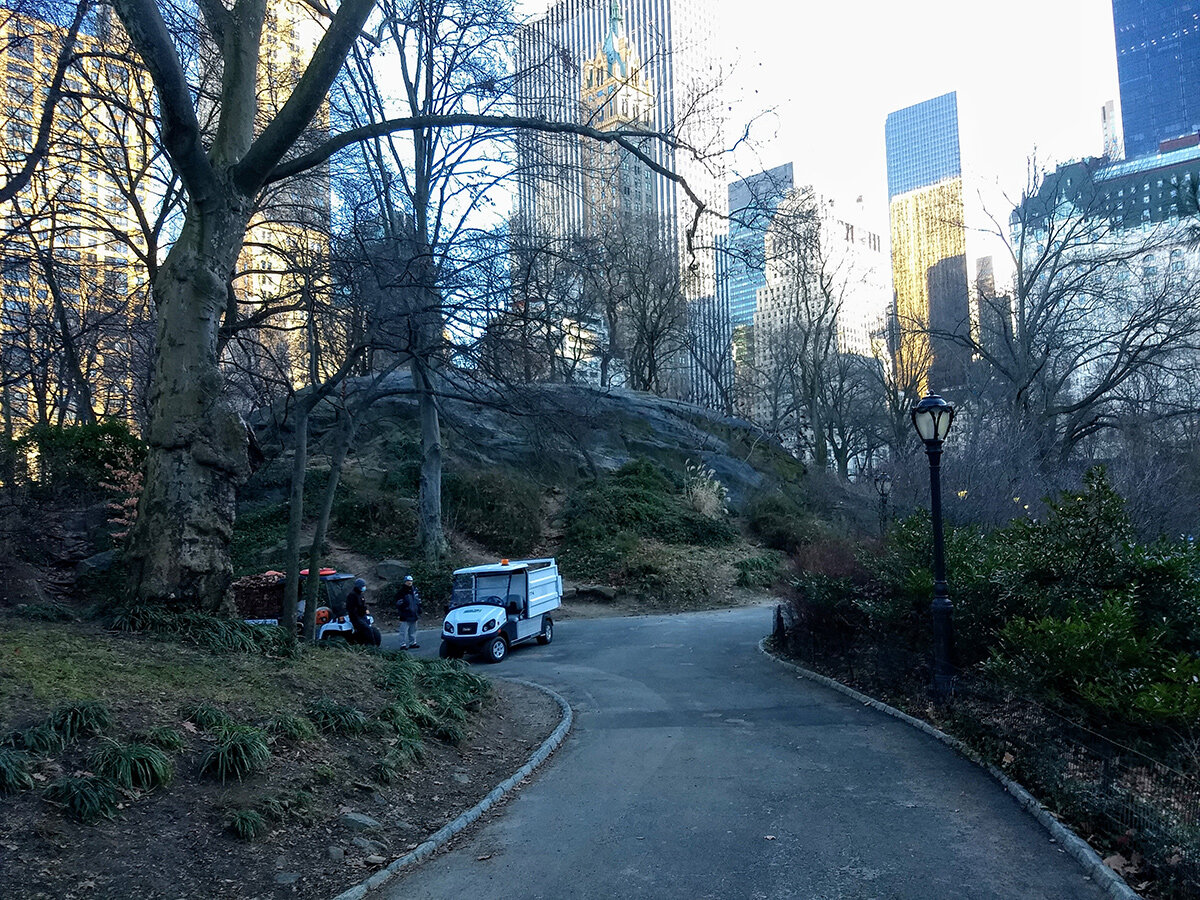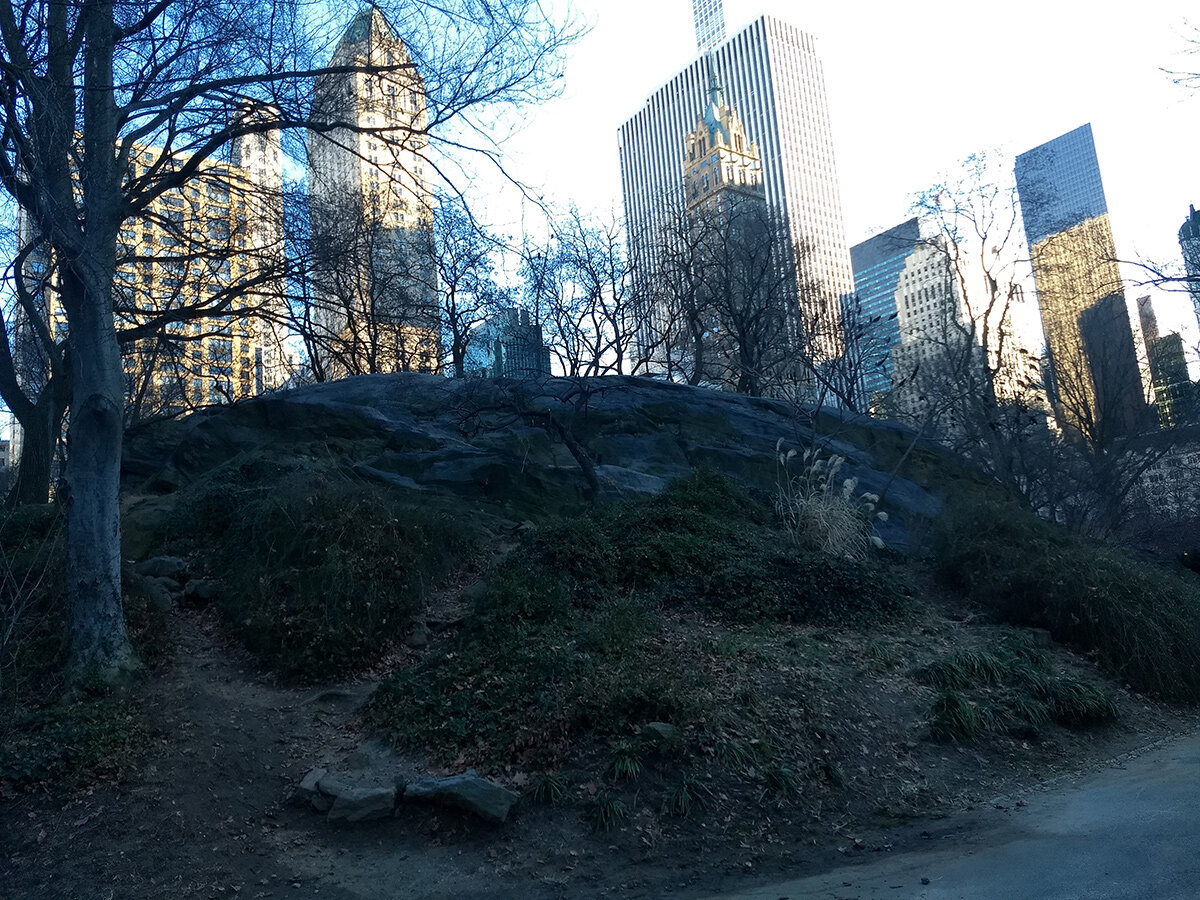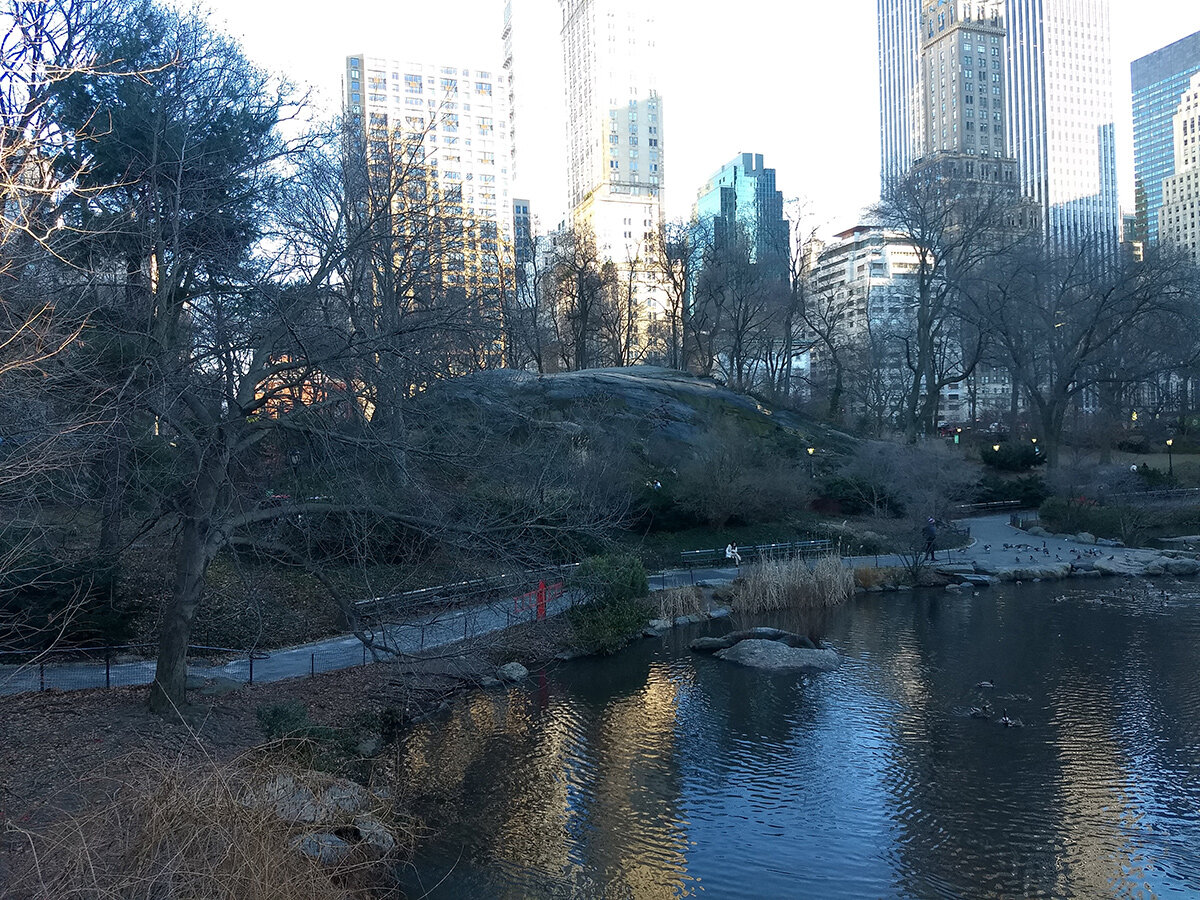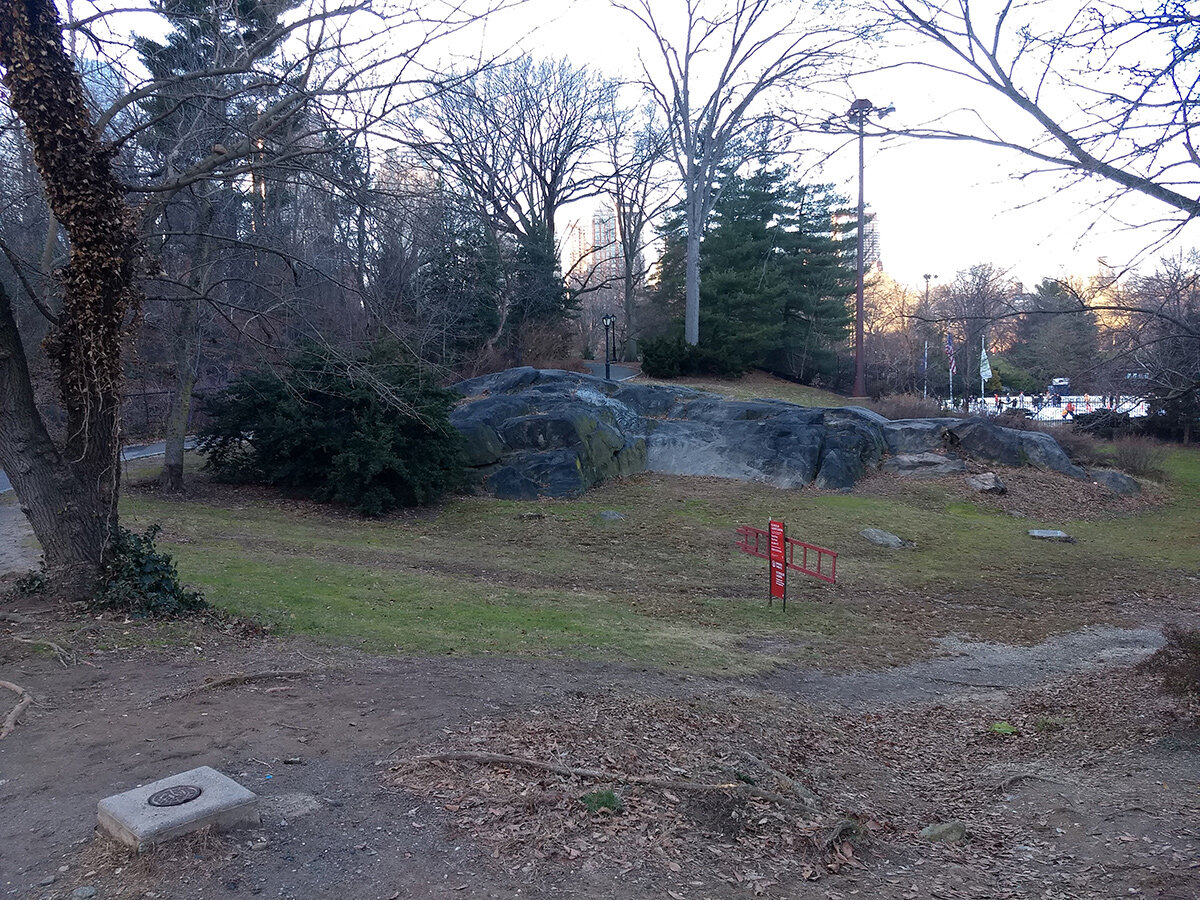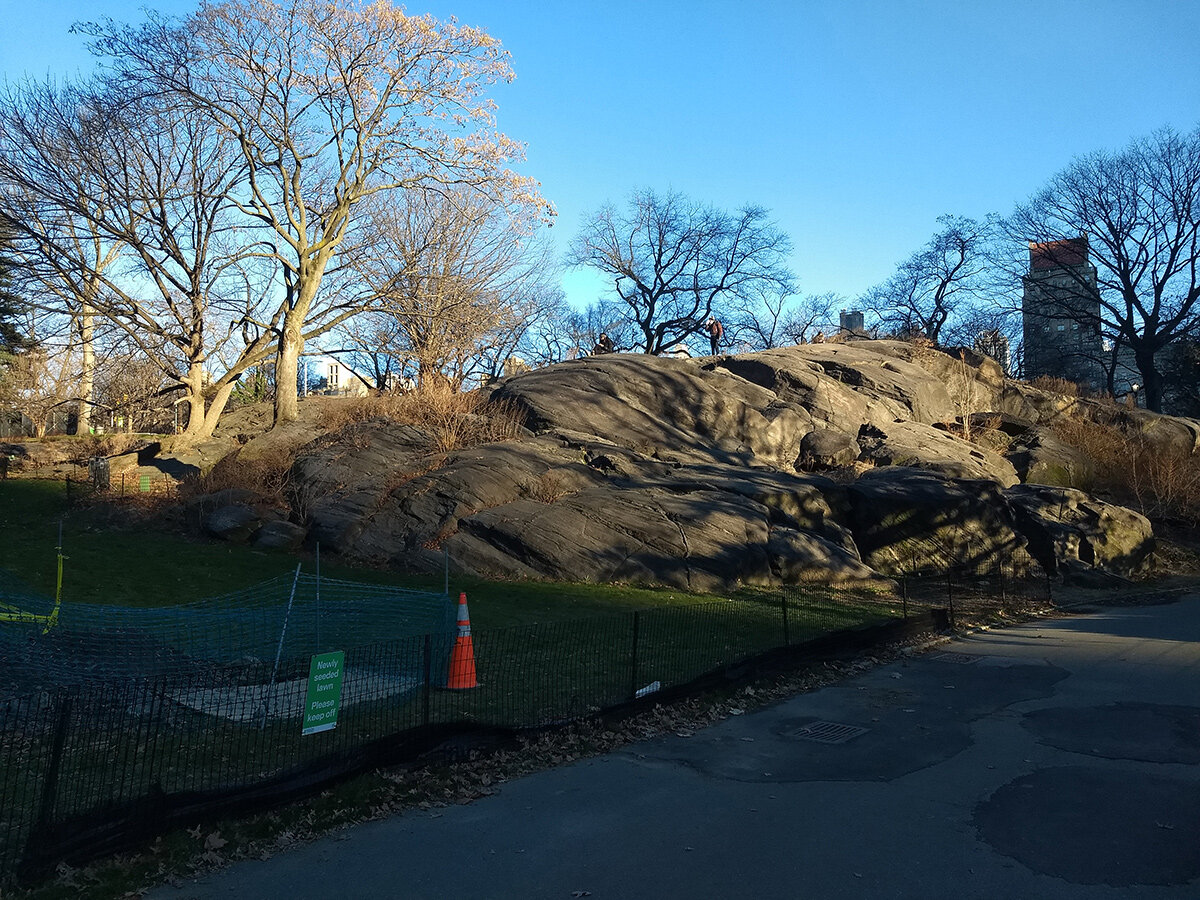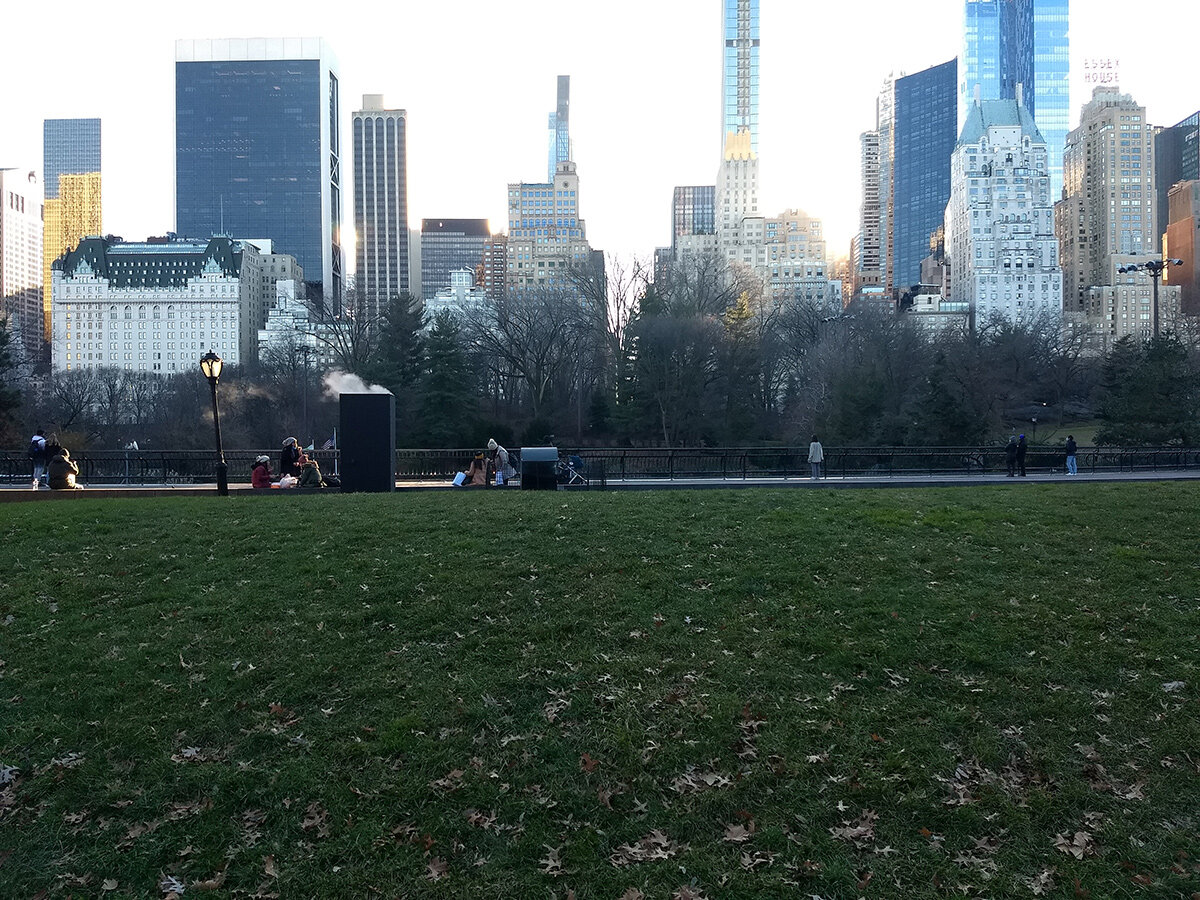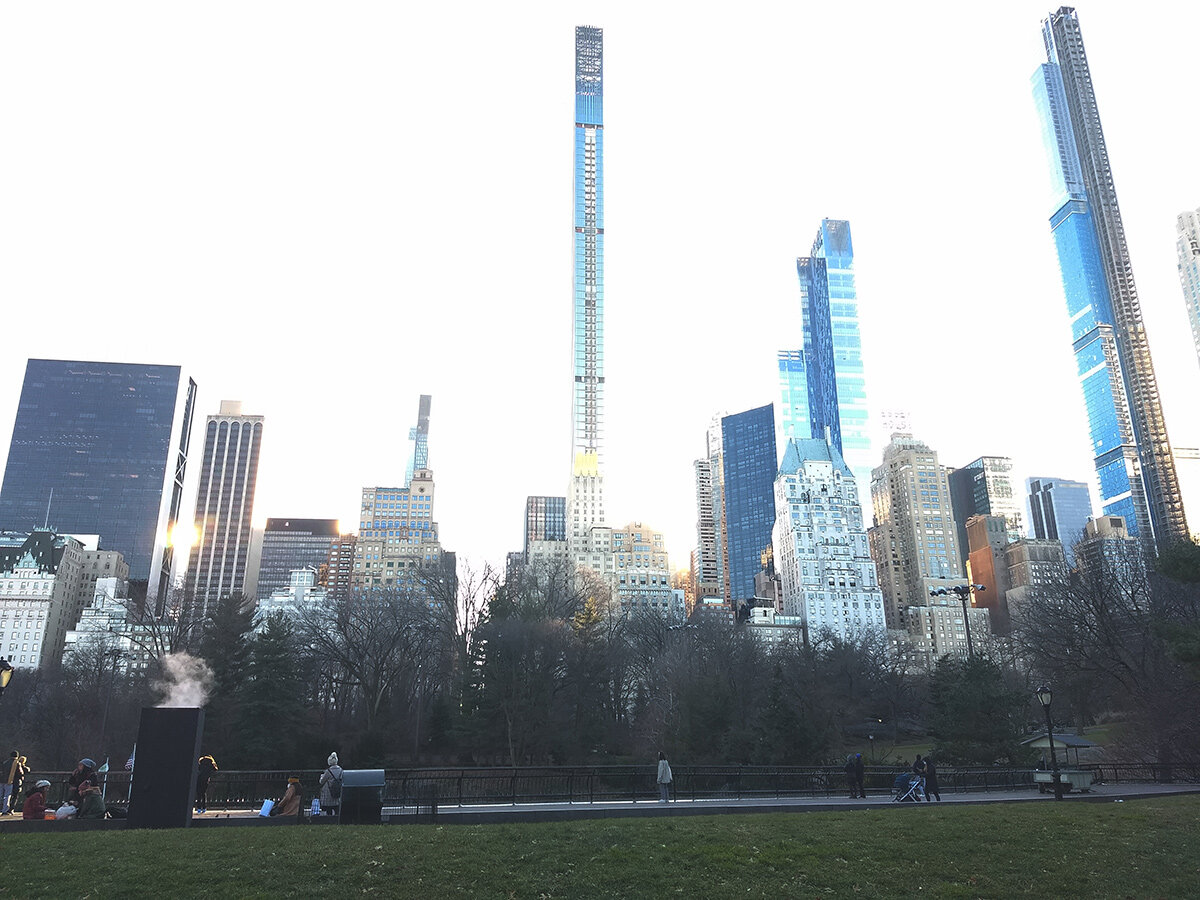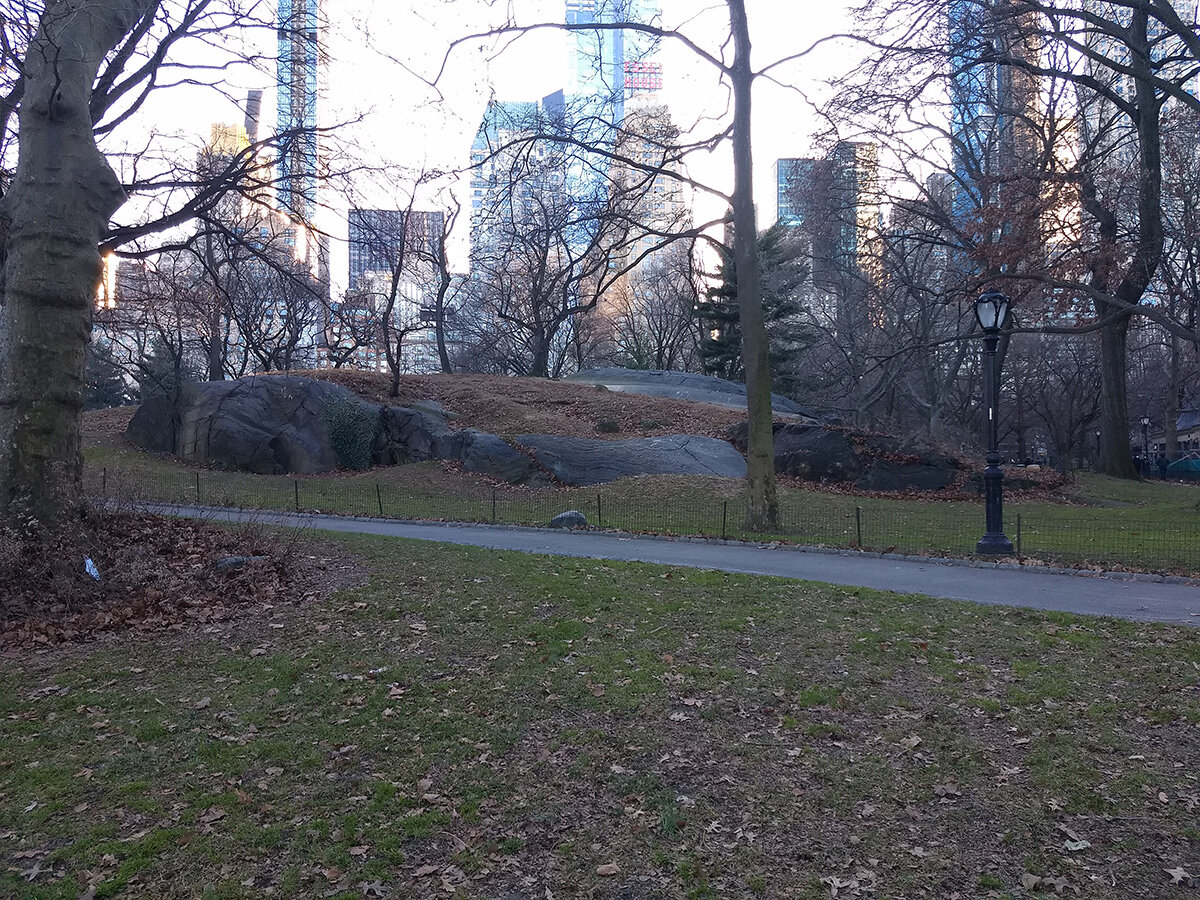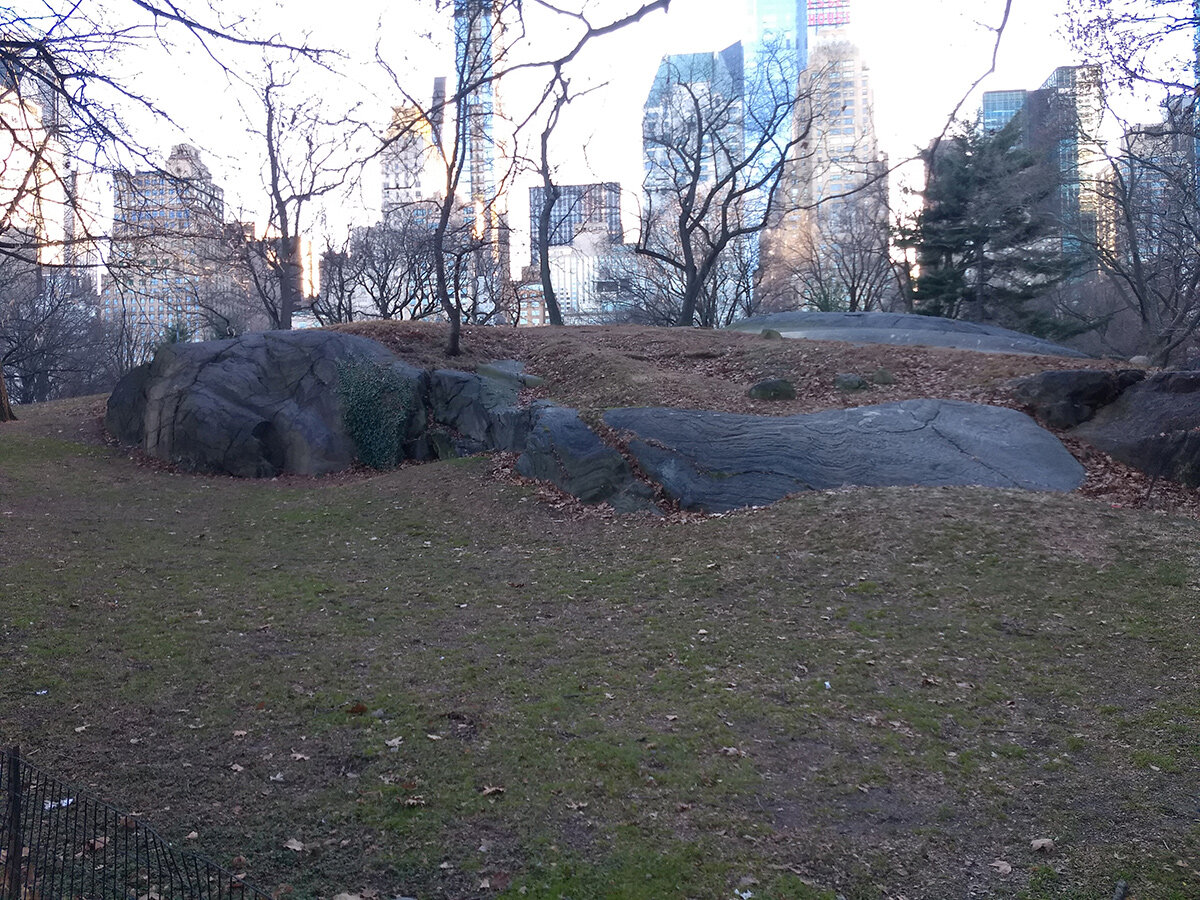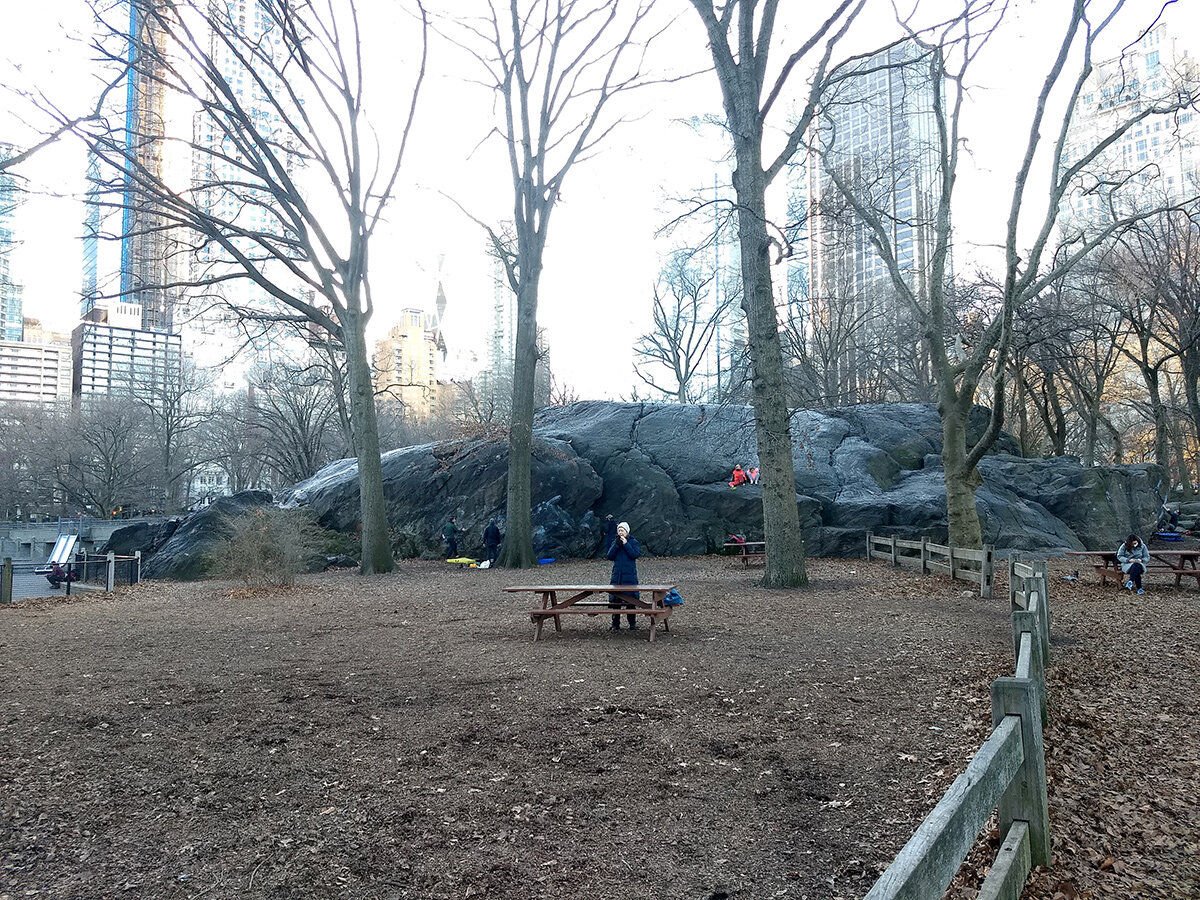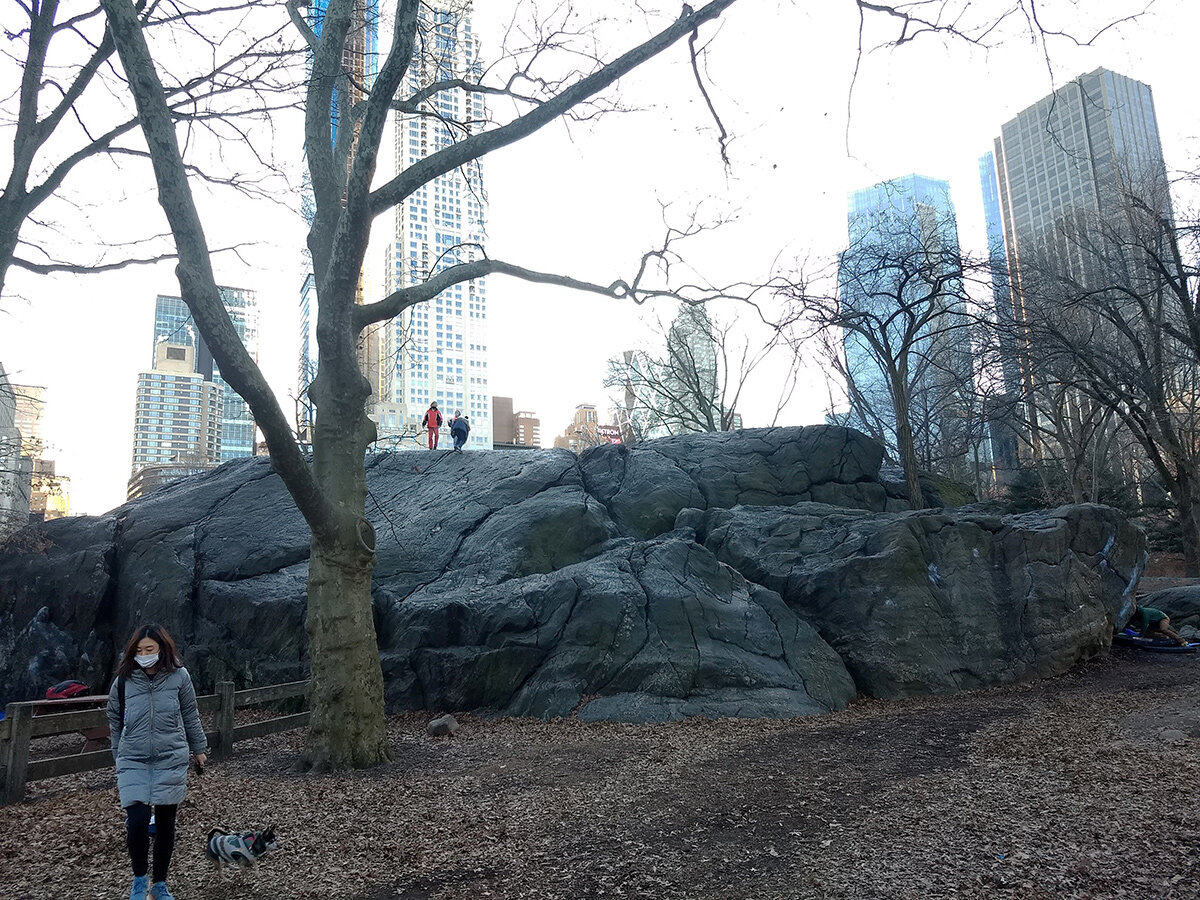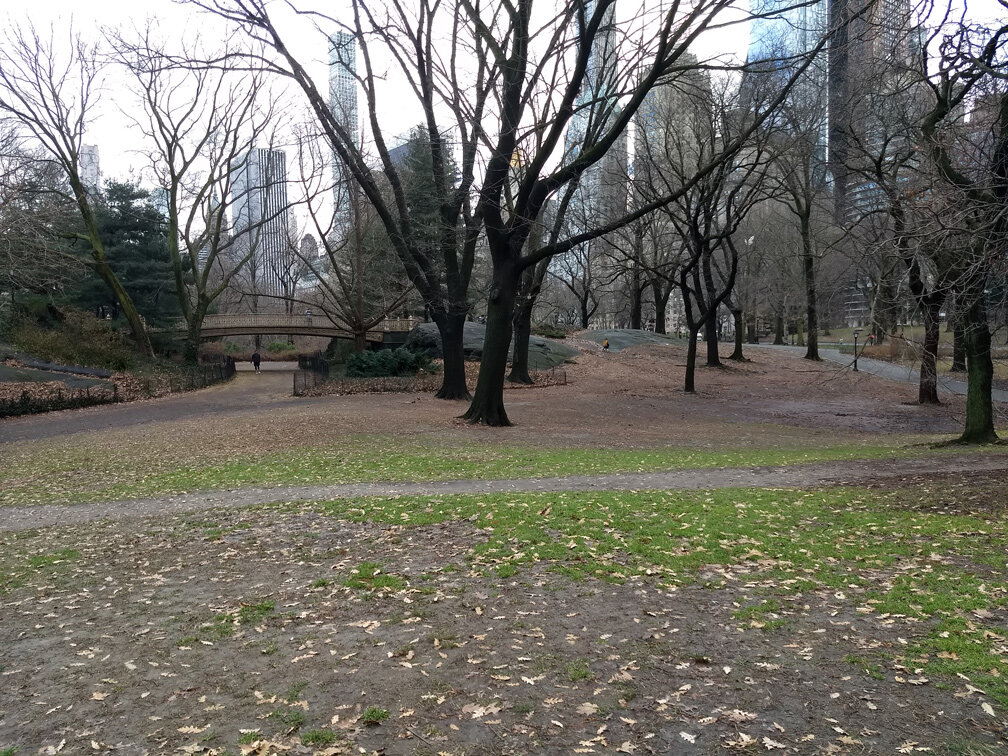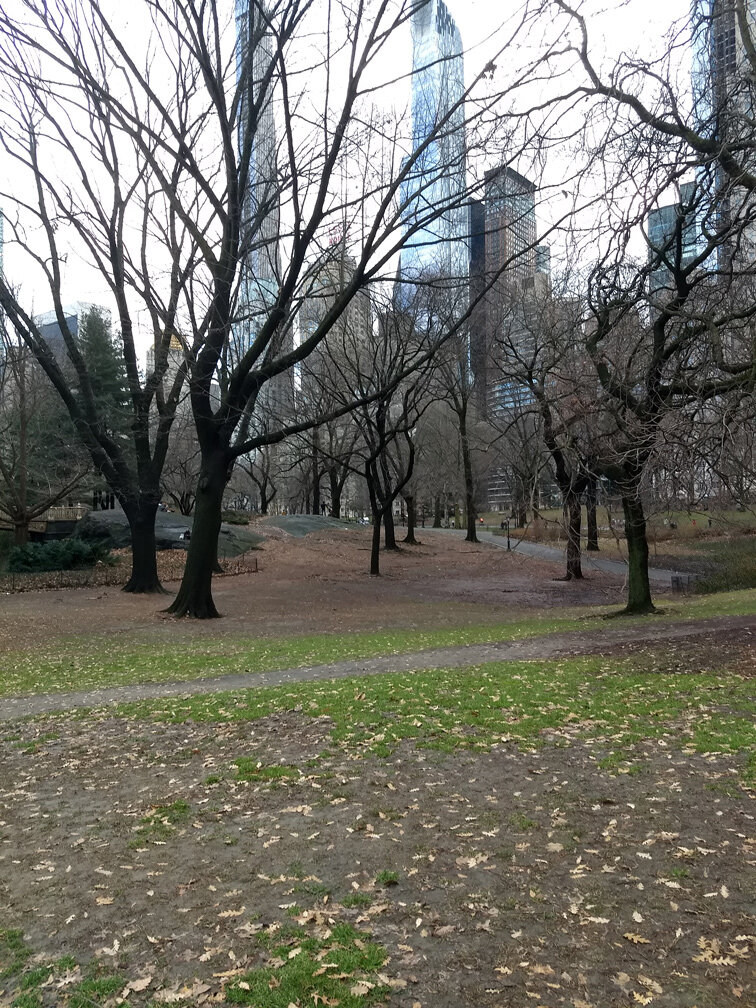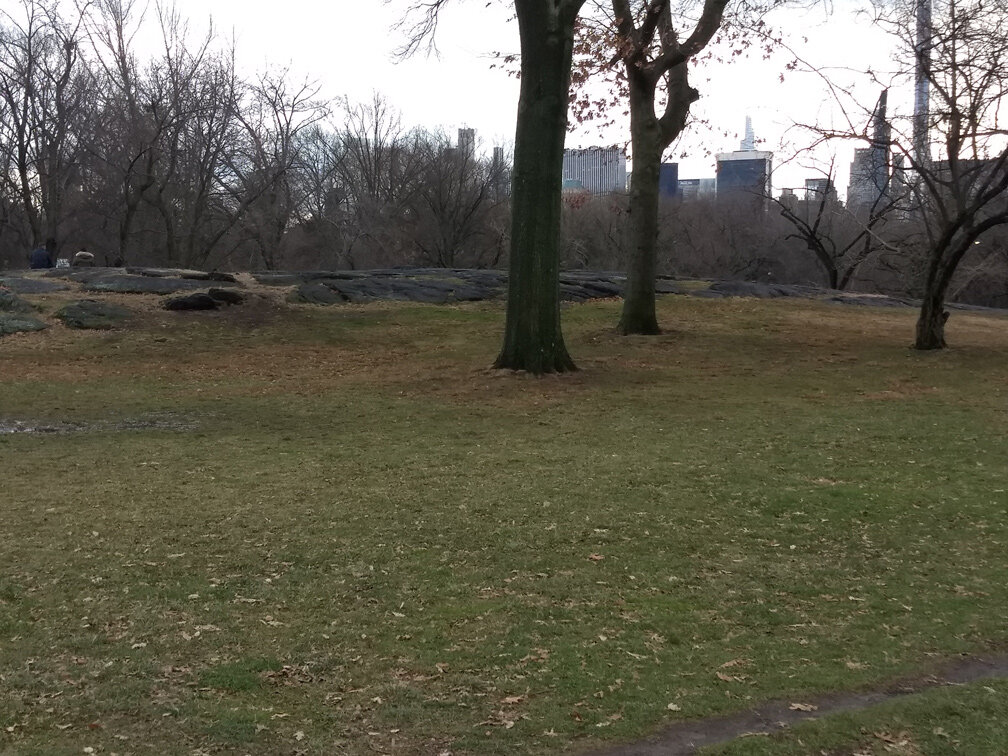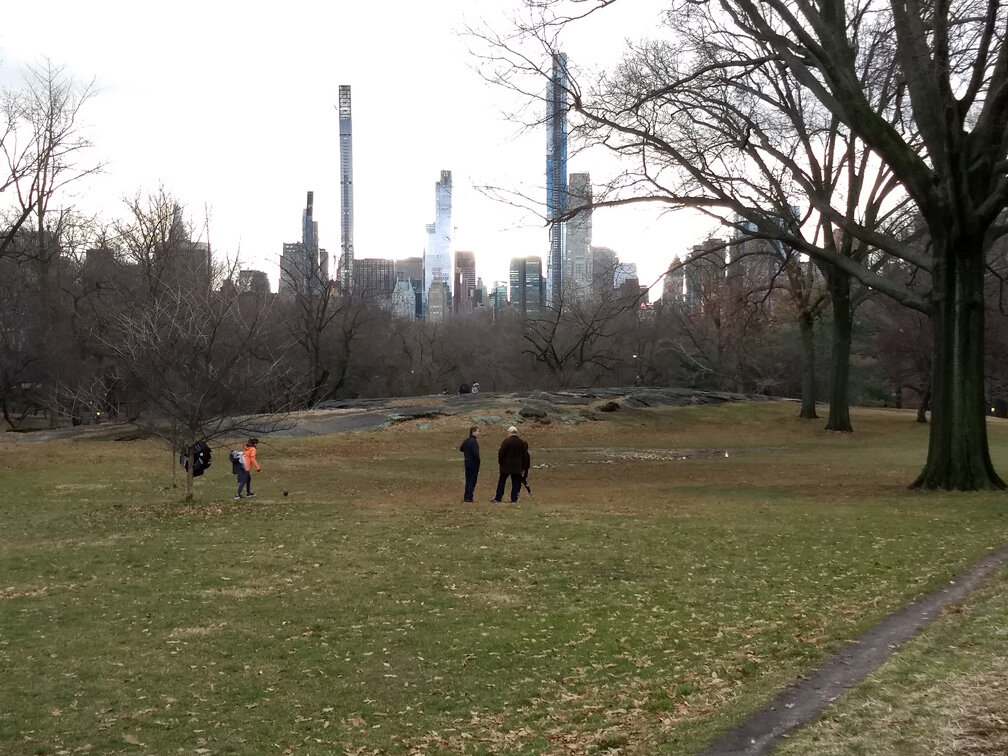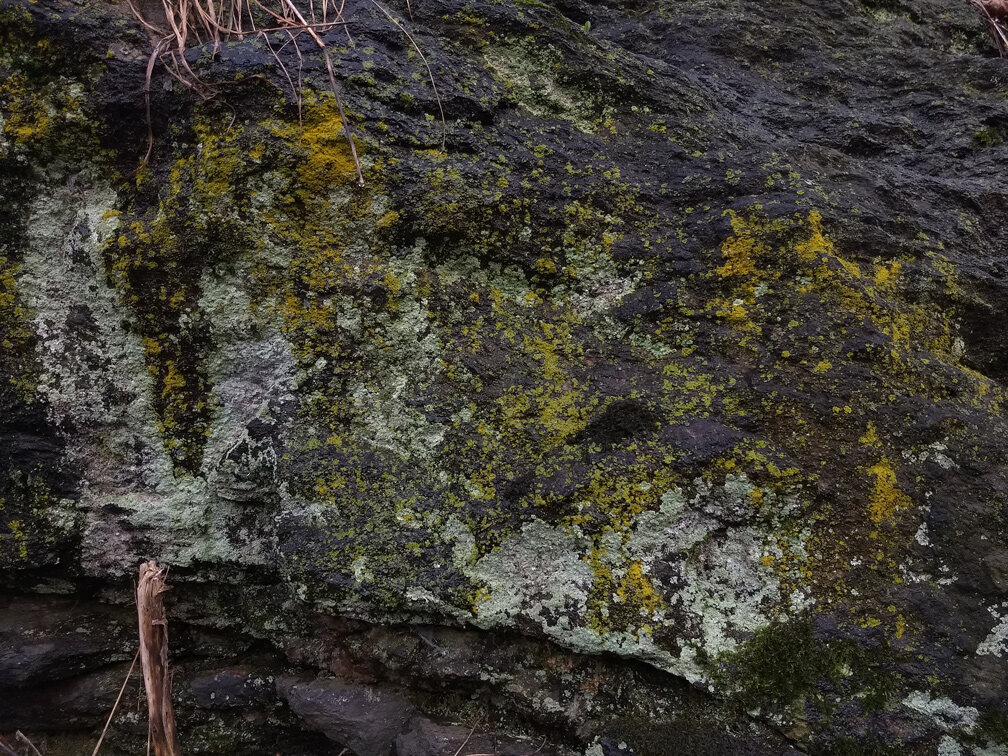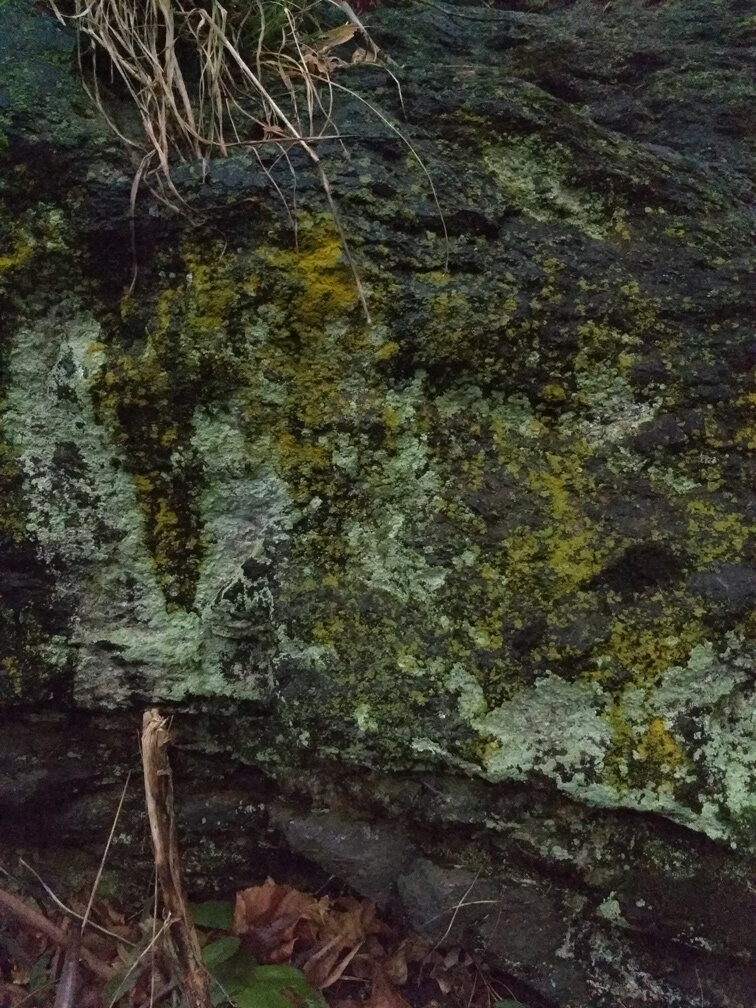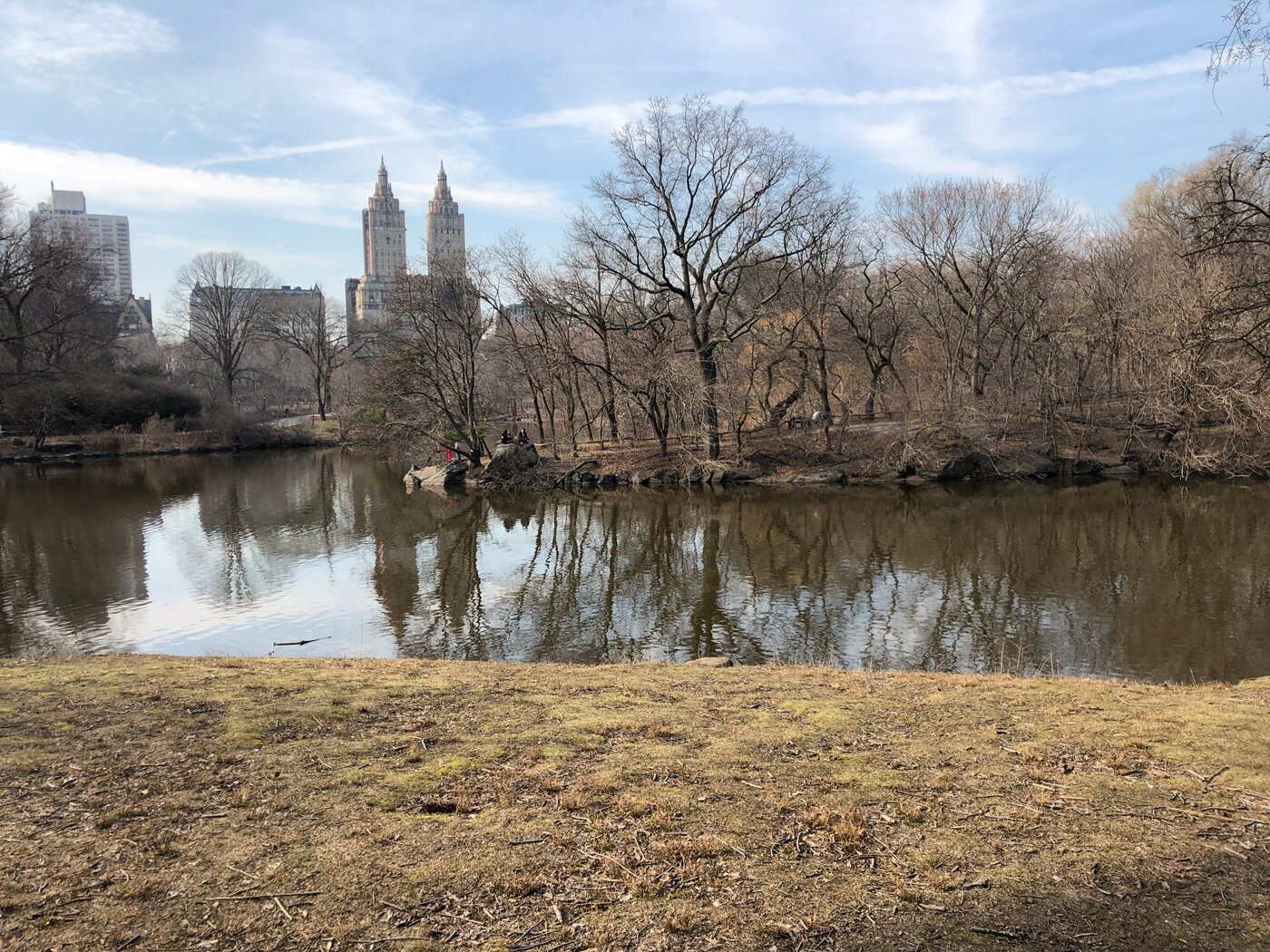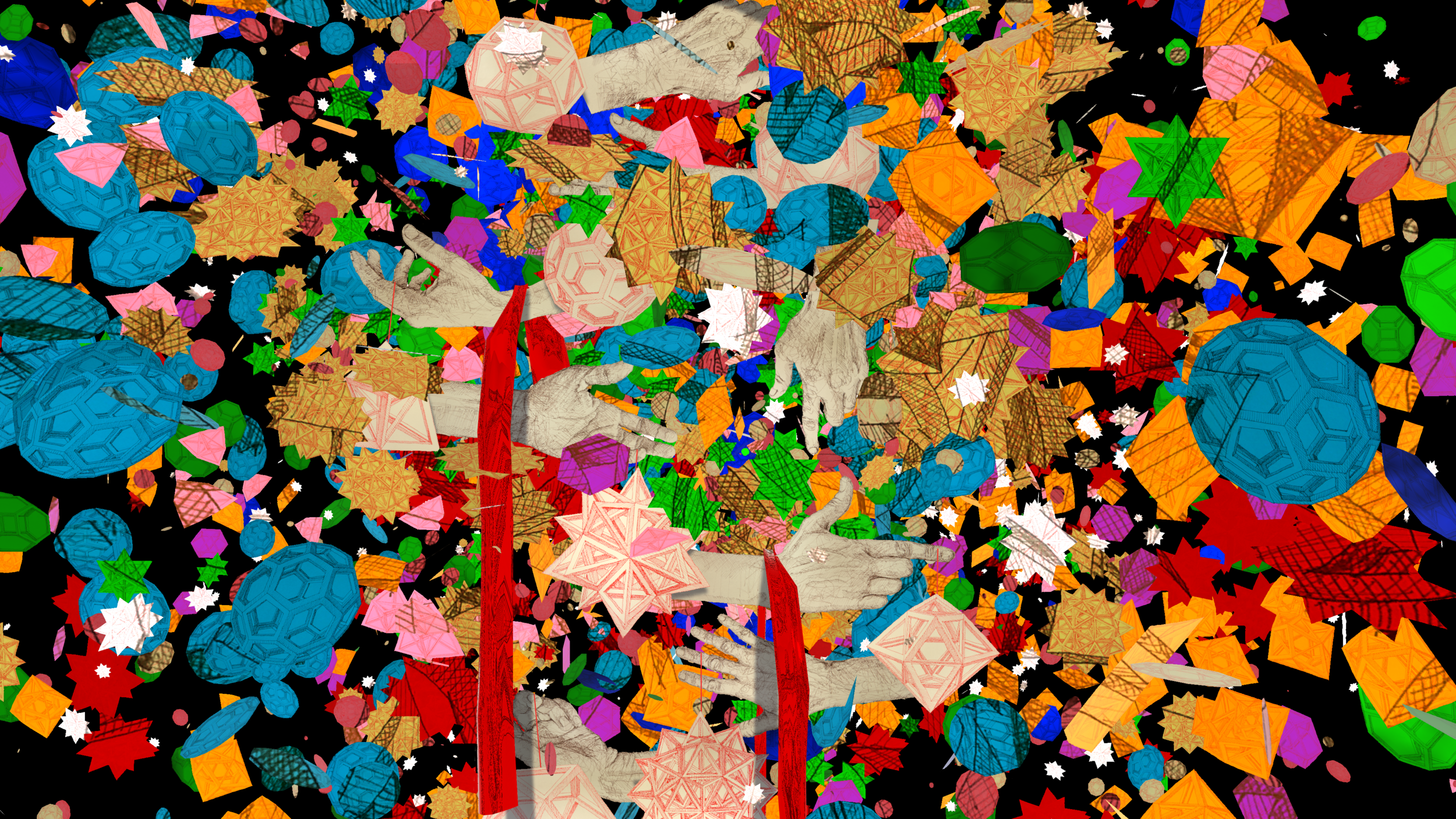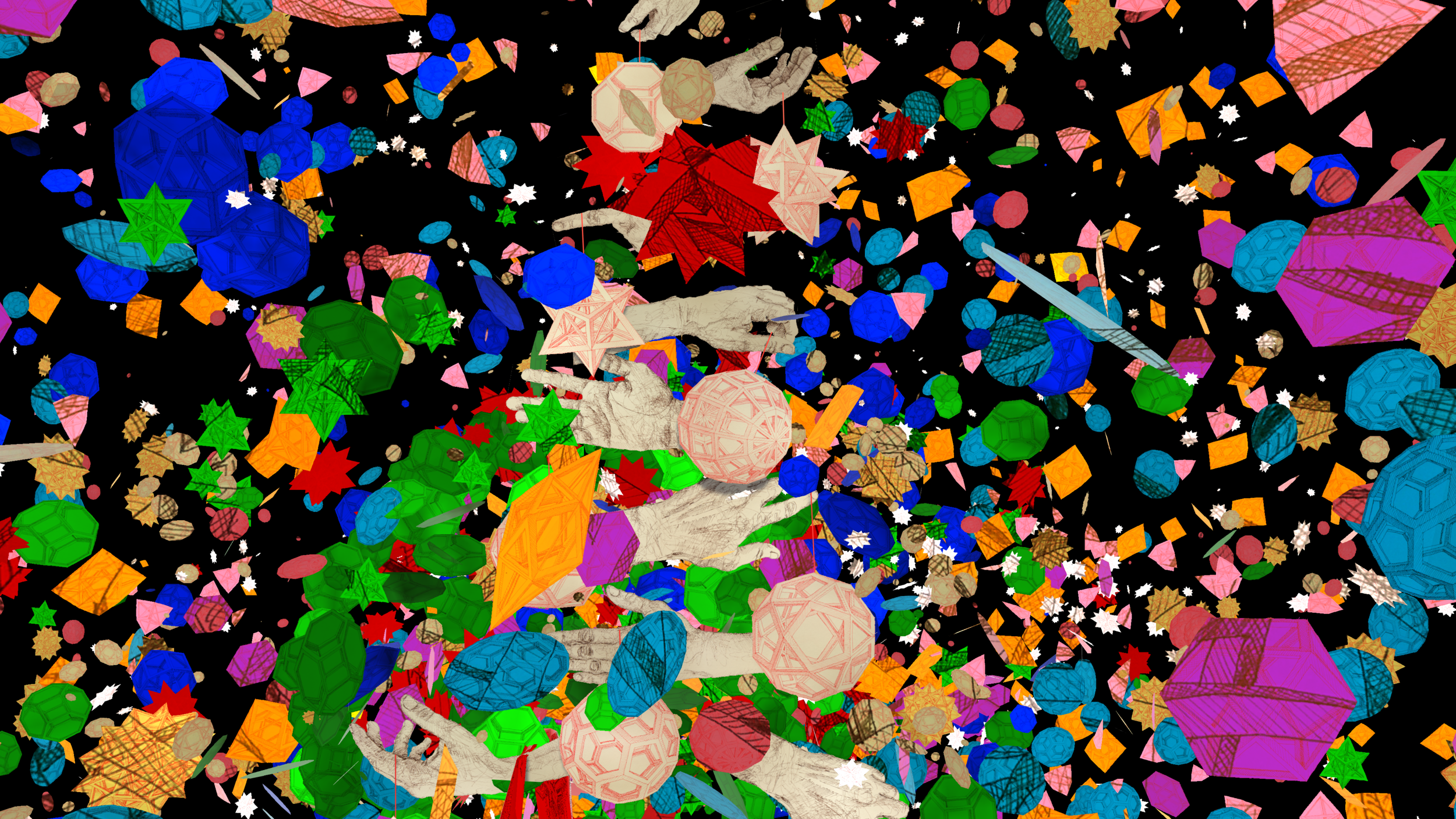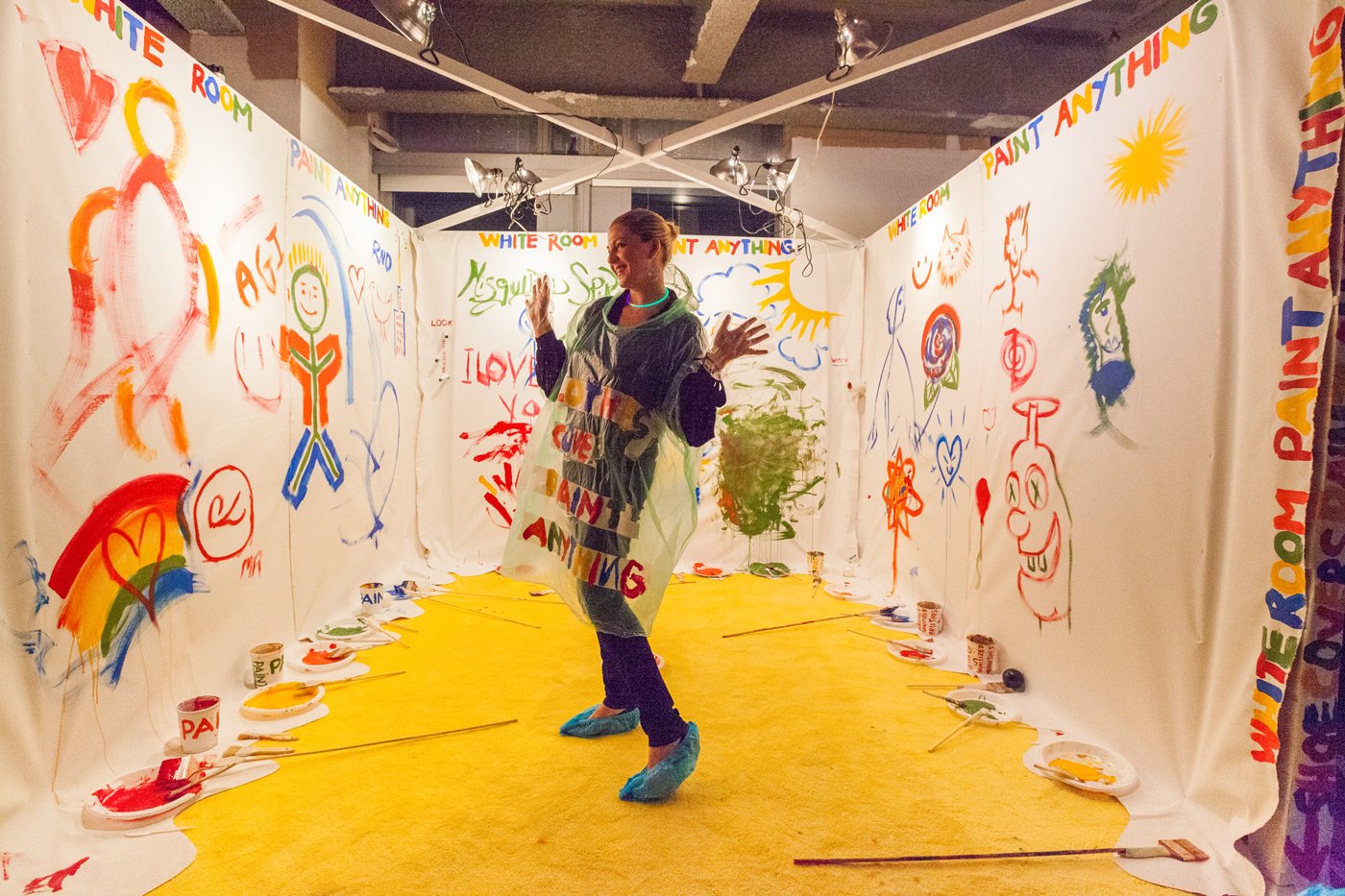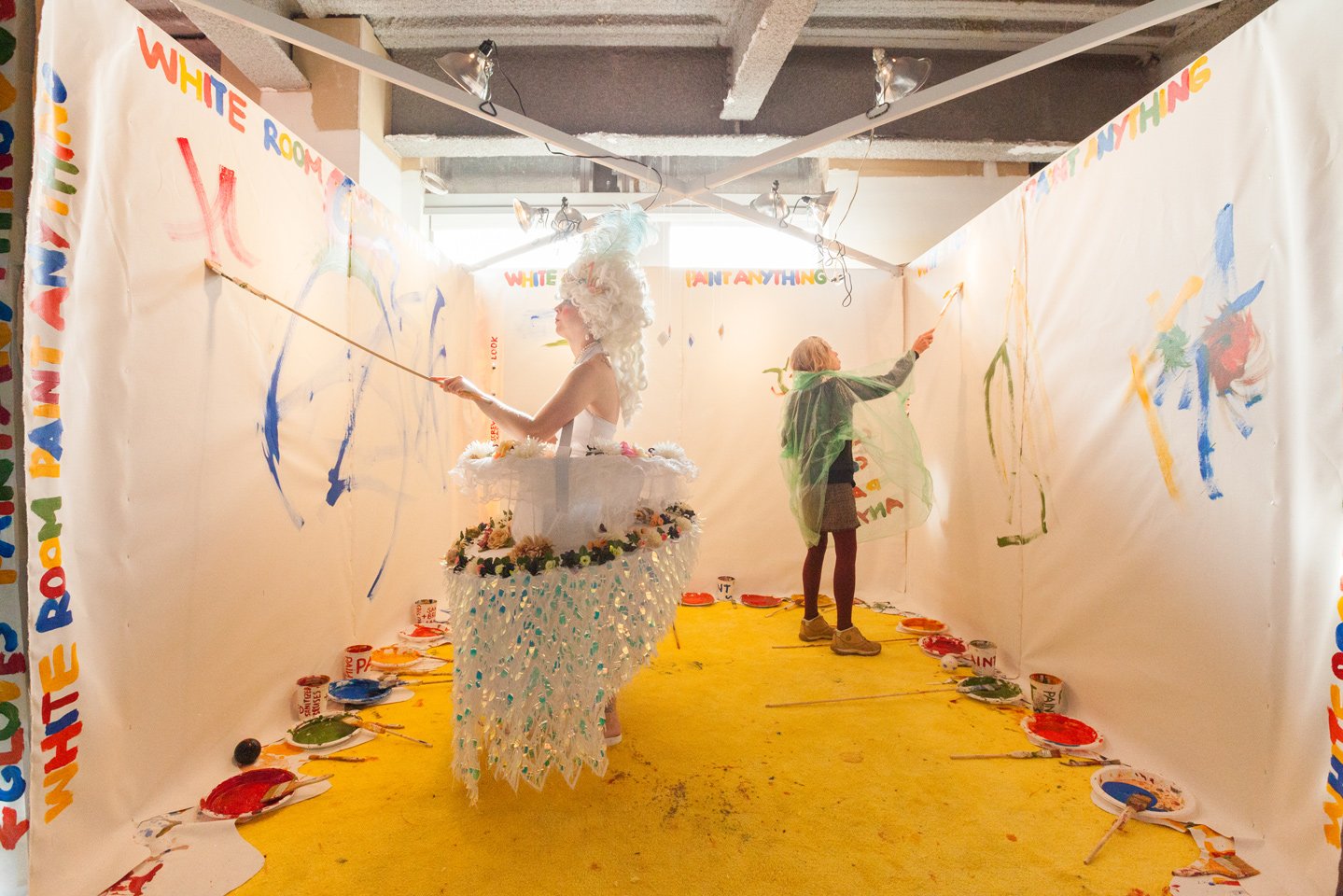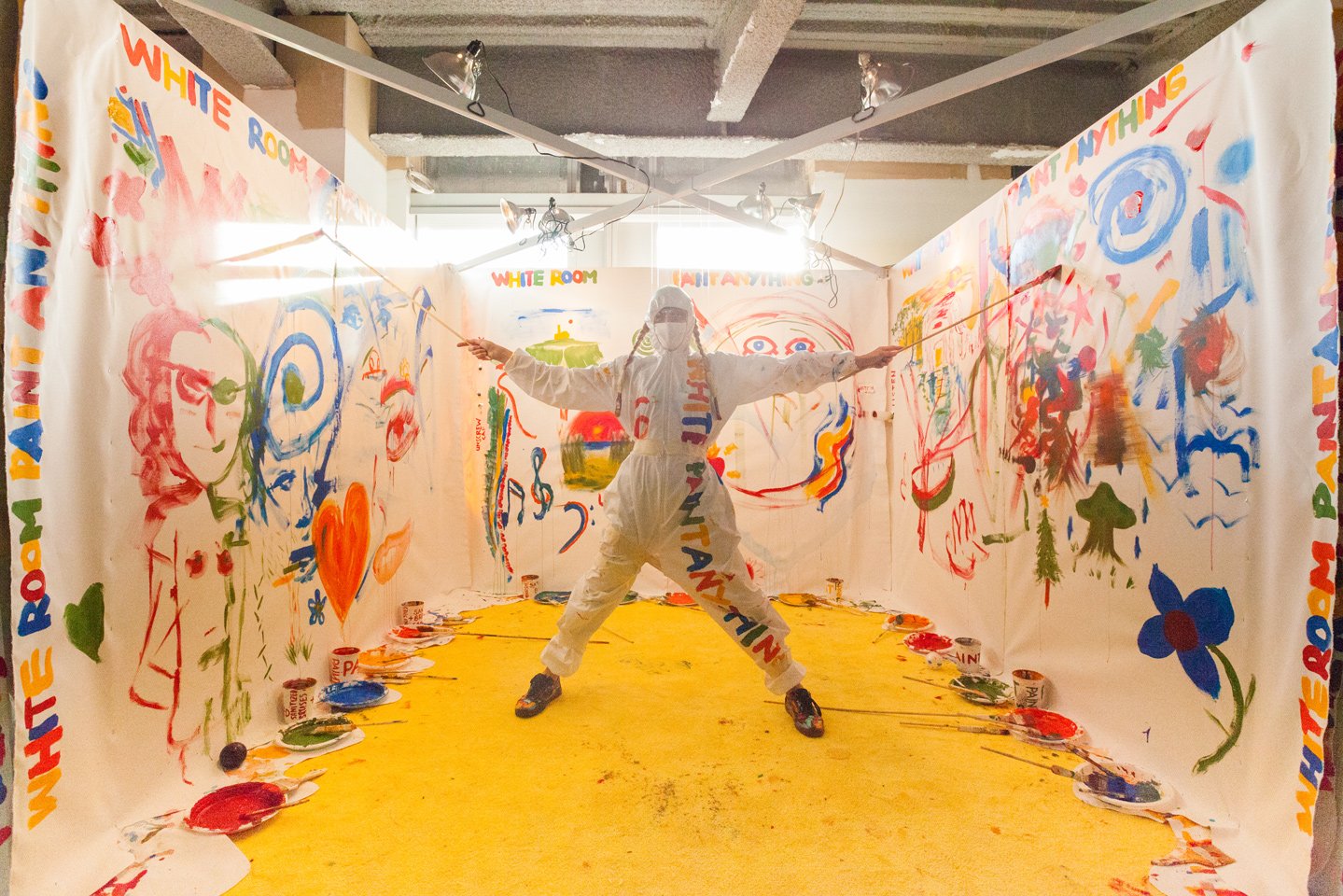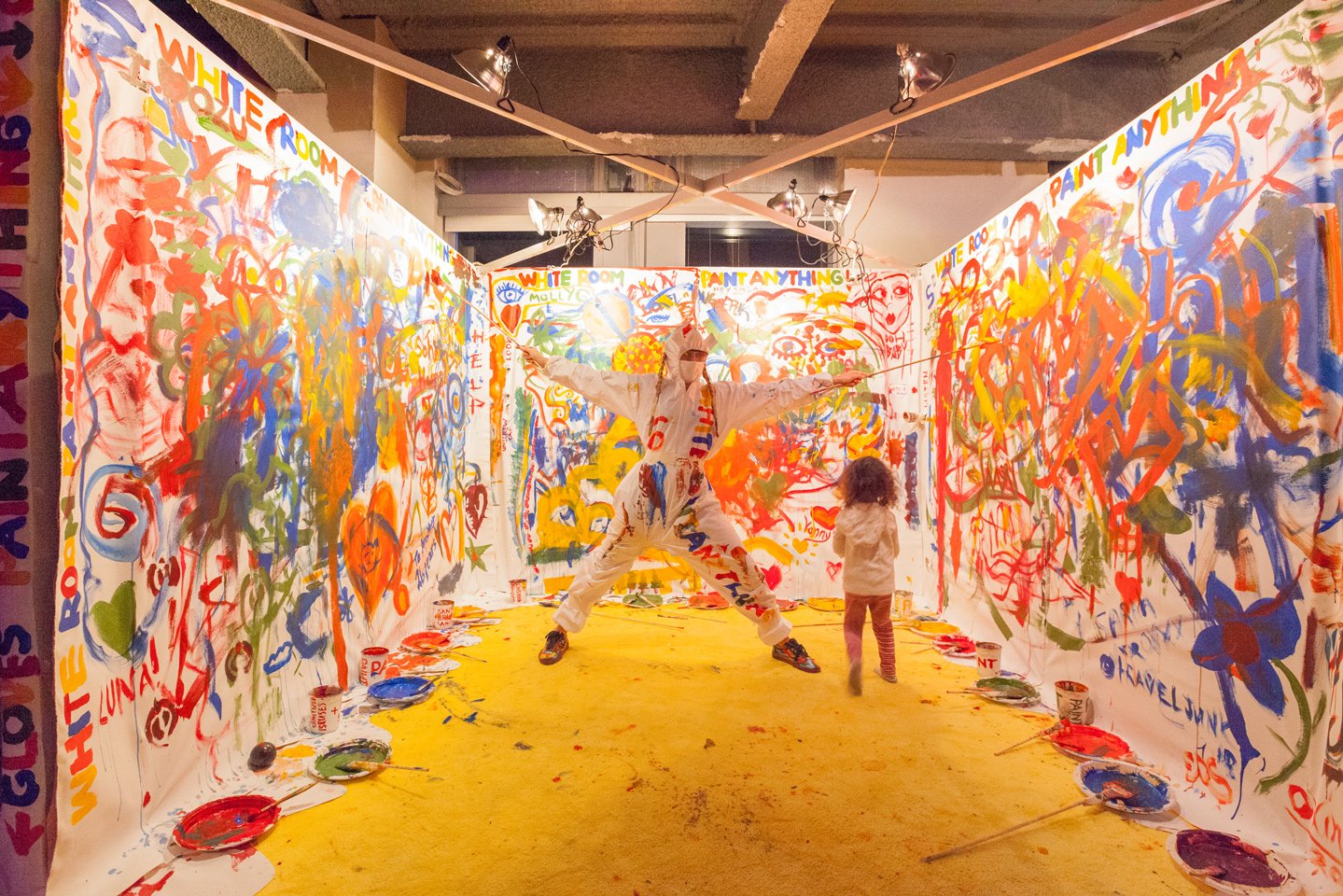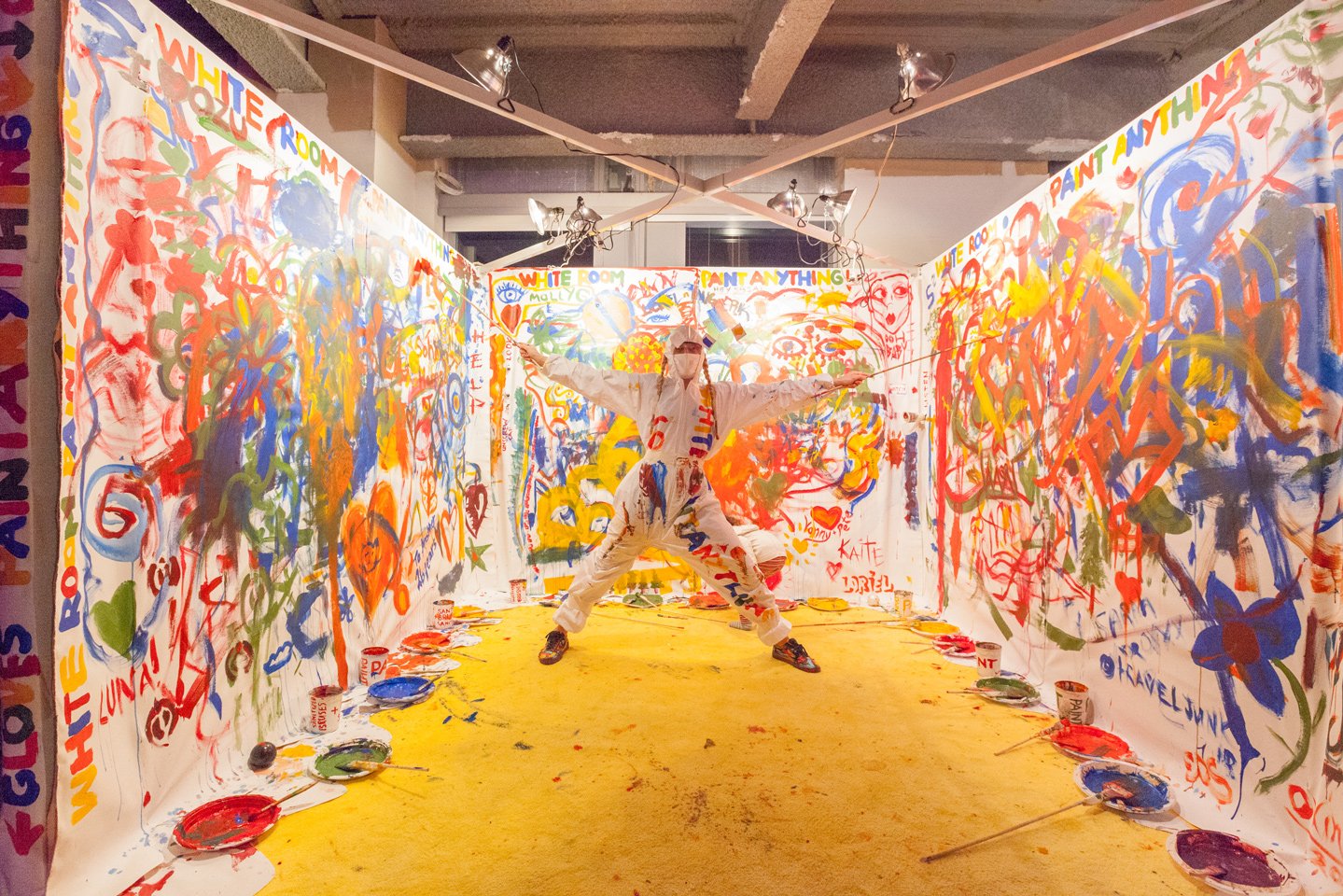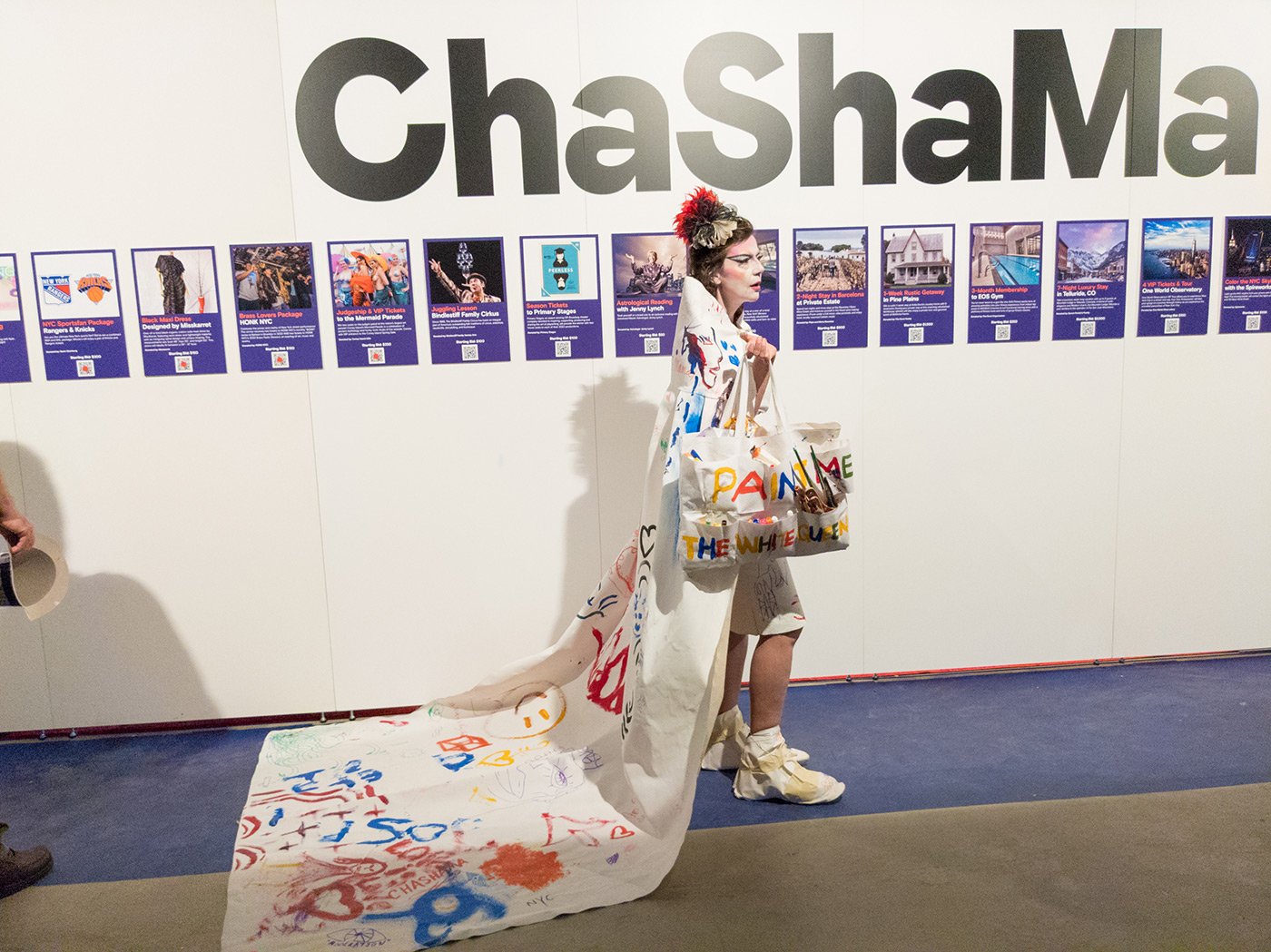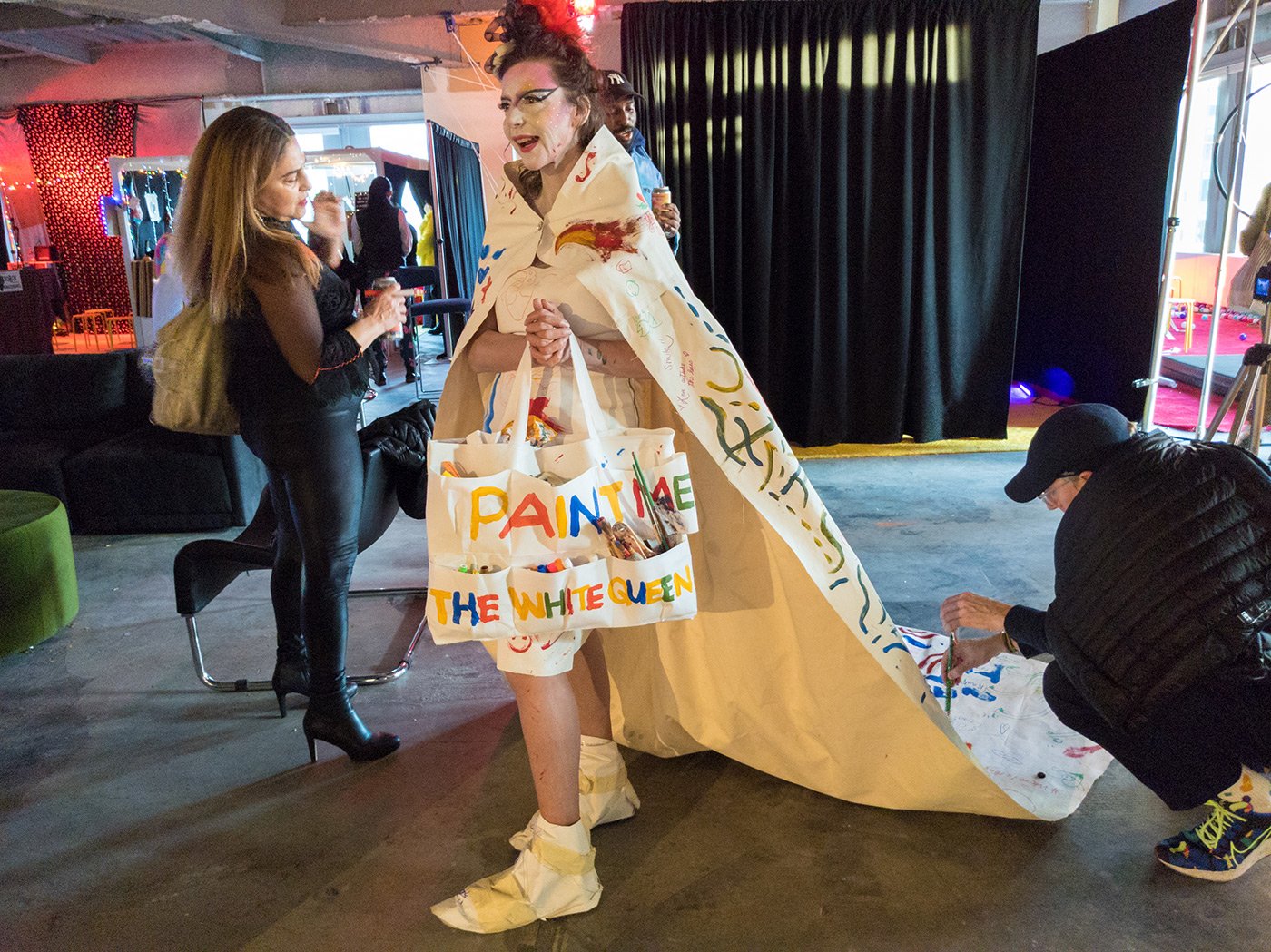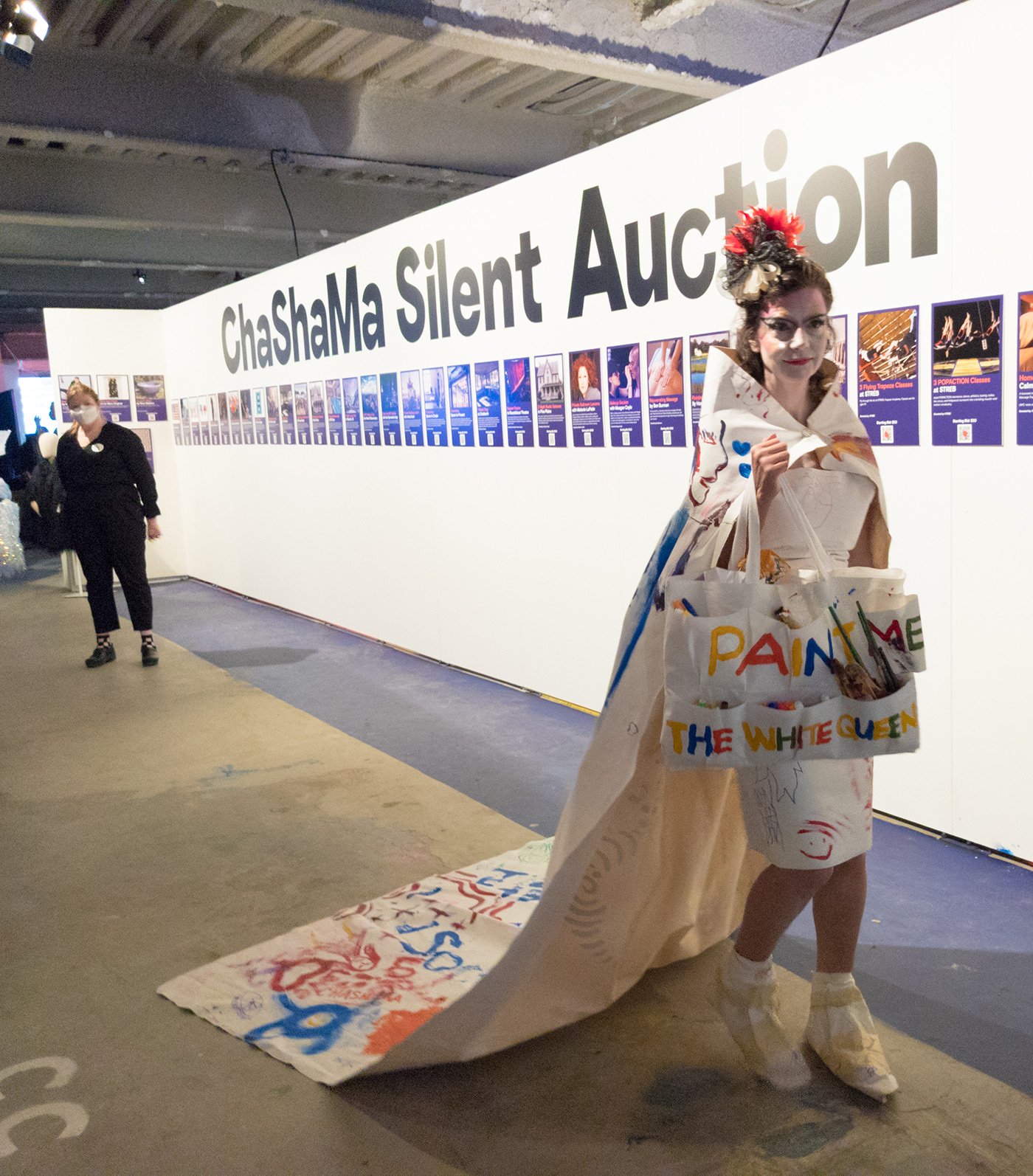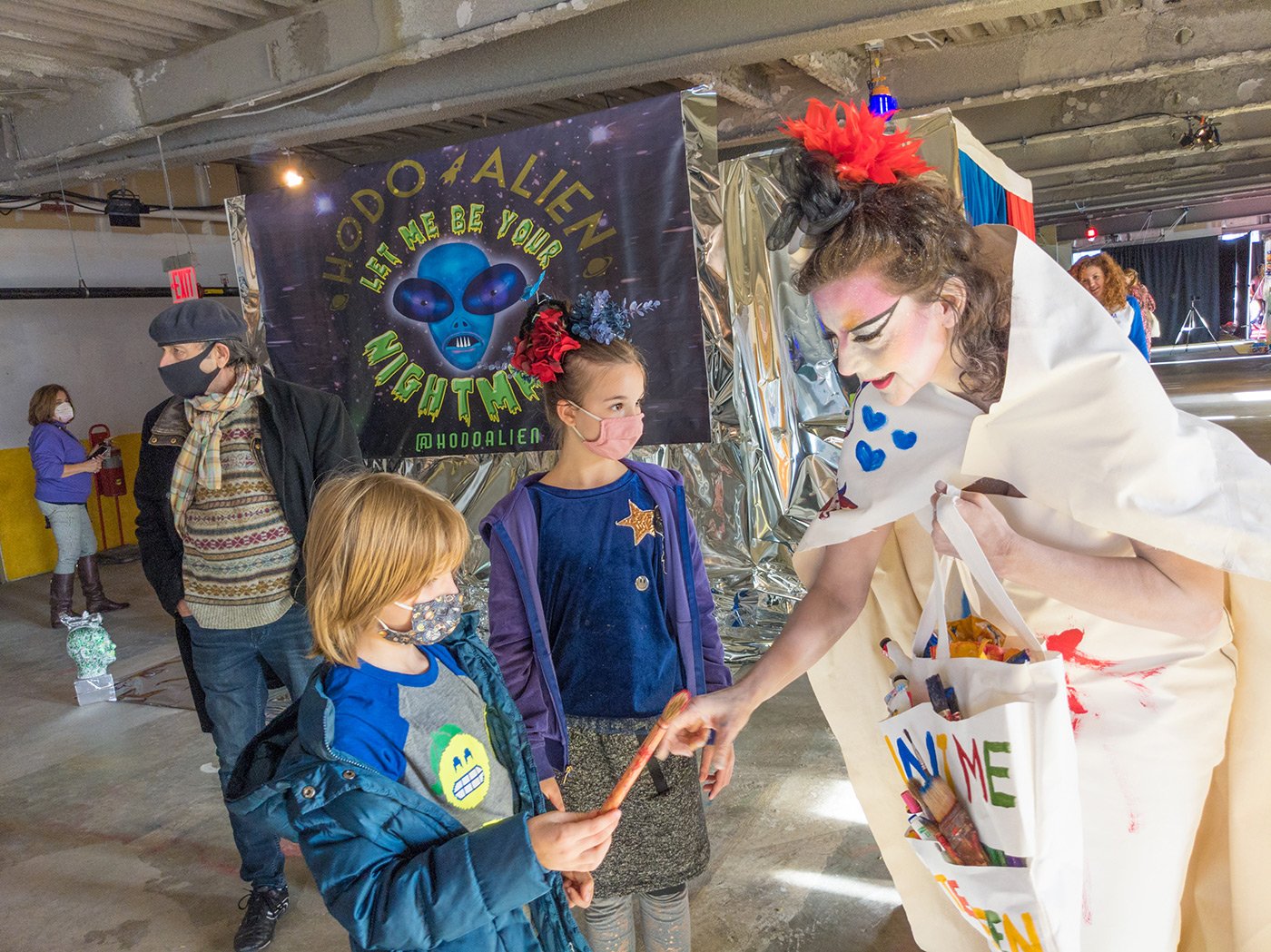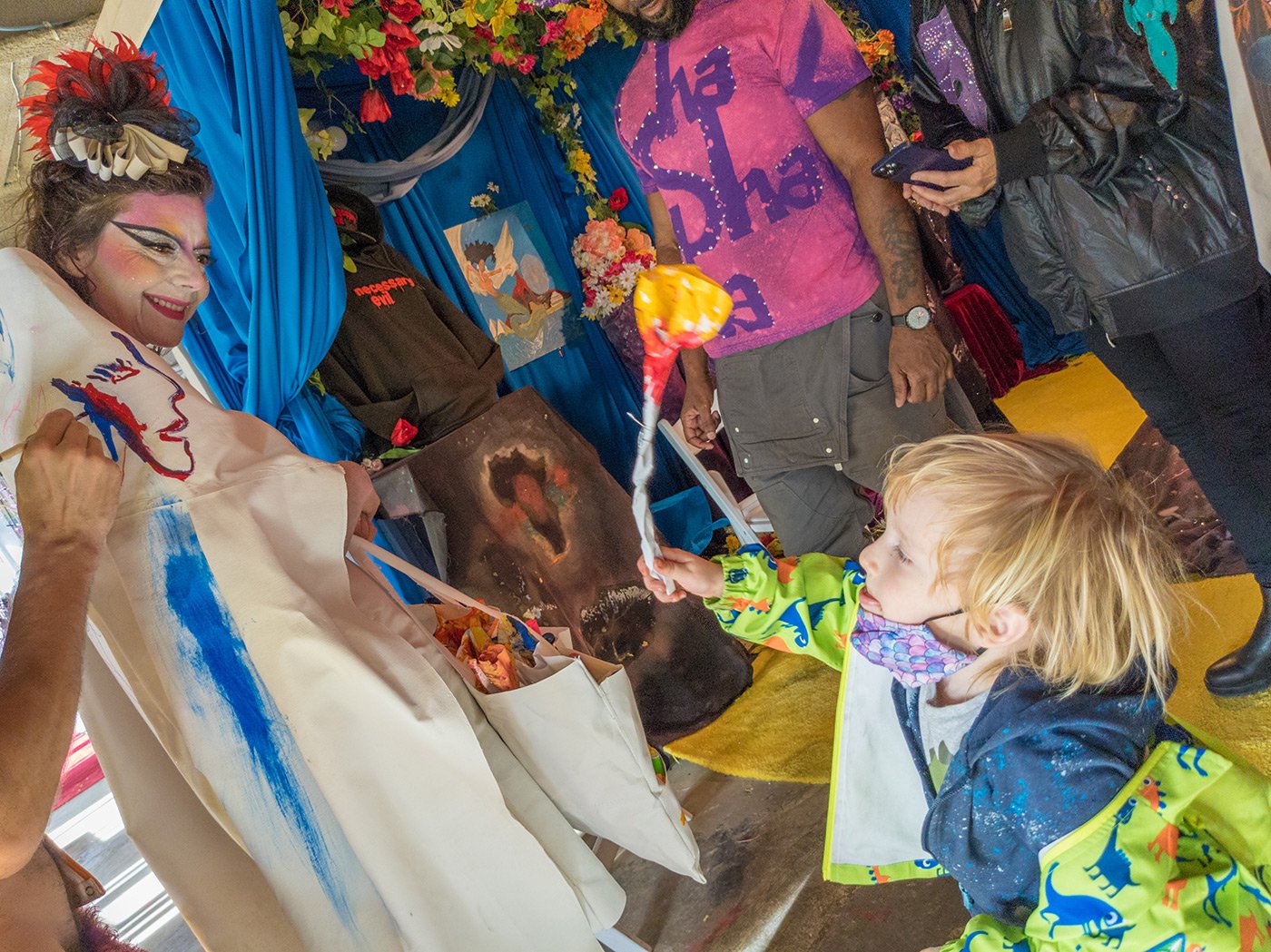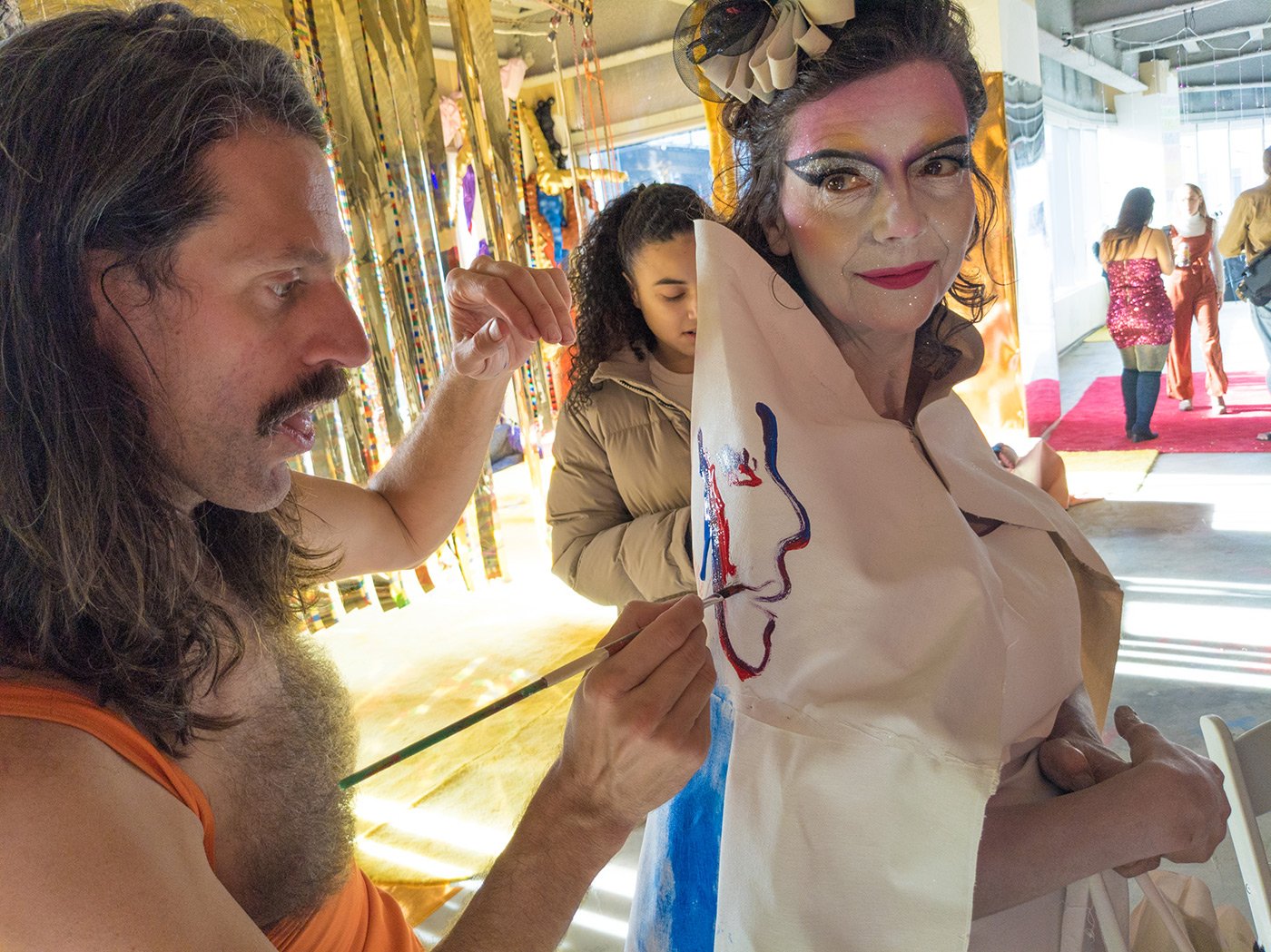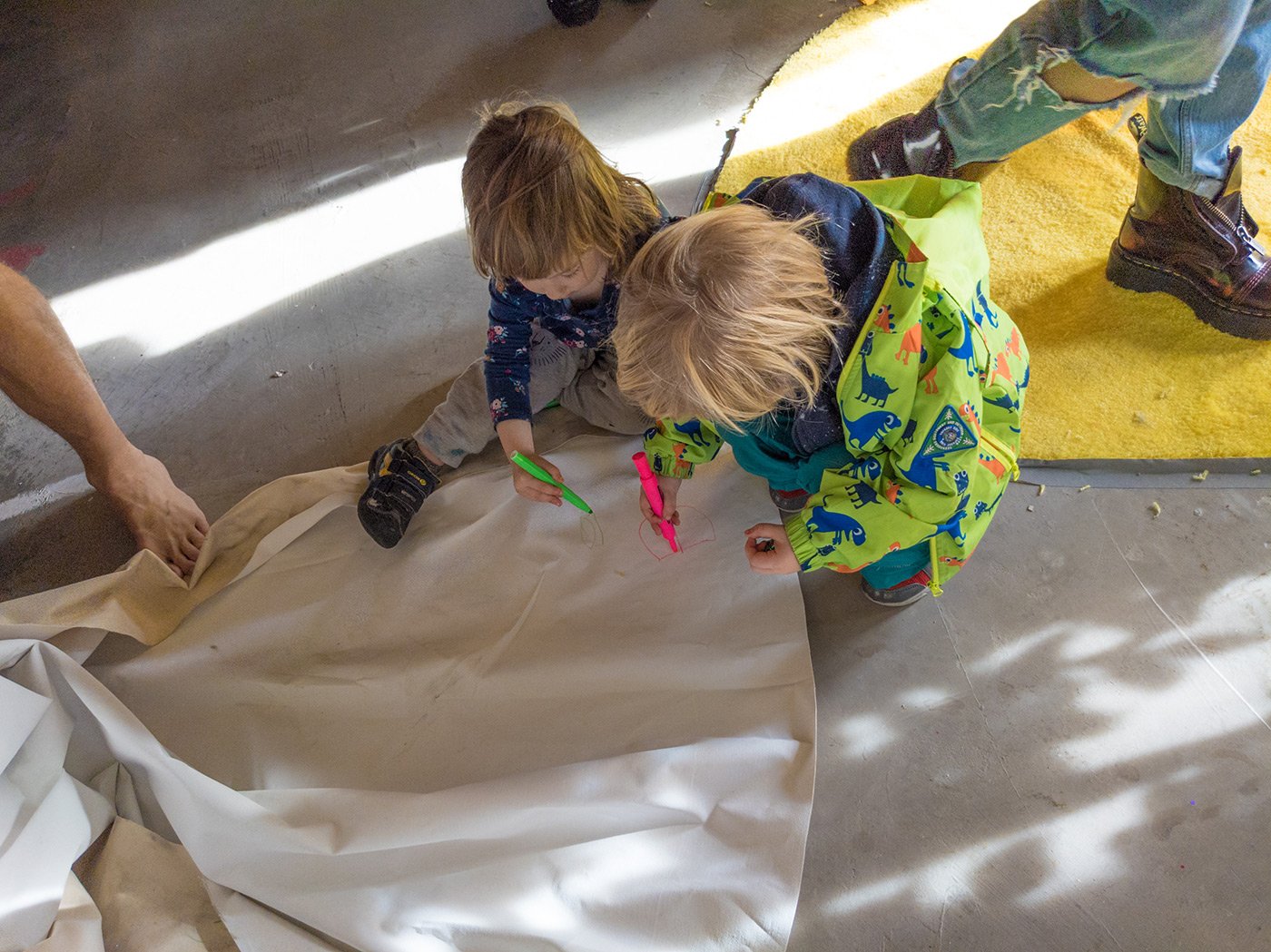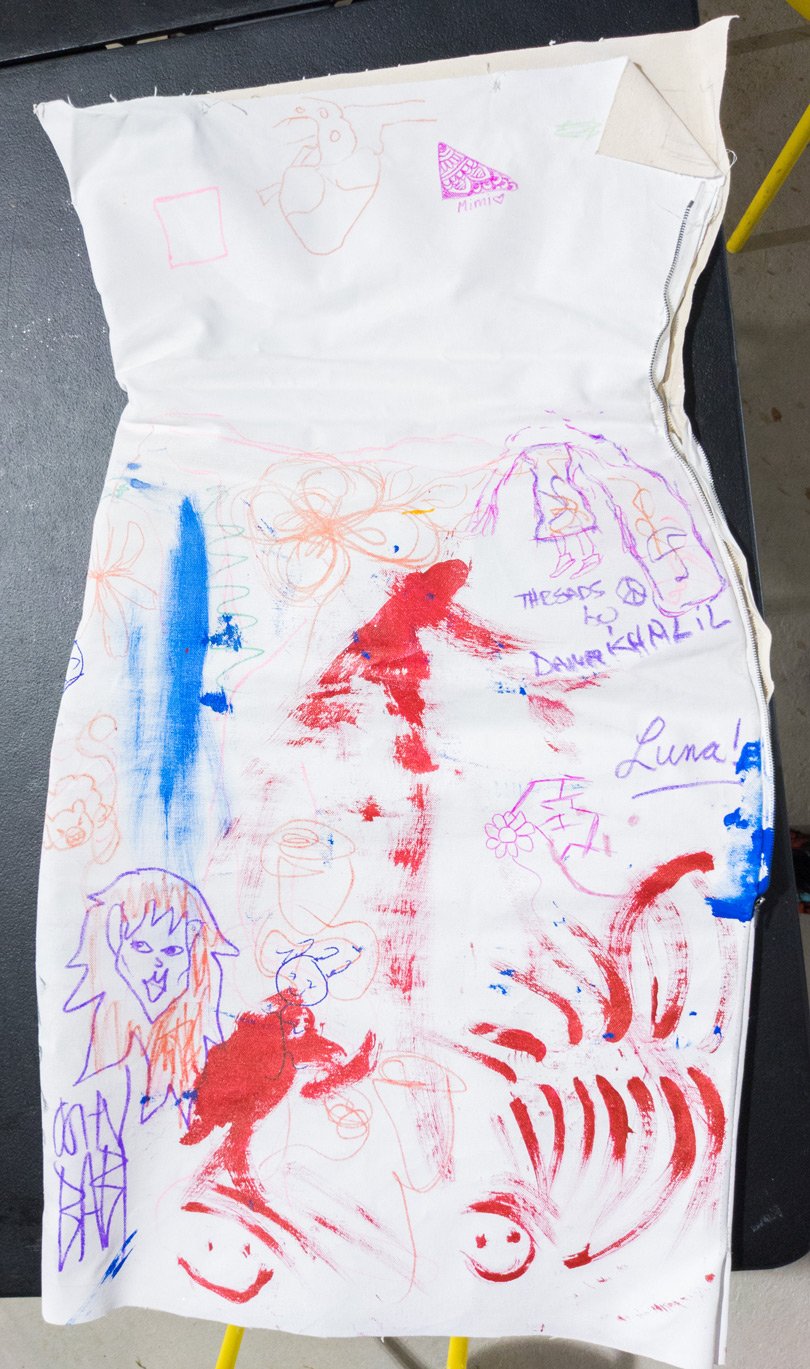Cool was I and logical. Keen, calculating, perspicacious, acute --- I was all of these. My brain was as powerful as a dynamo, precise as a chemist's scales, as penetrating as a scalpel. And - think of it! - I was only eighteen.
It is not often that one so young has such a giant intellect. Take, for example, Petey Burch, my roommate at the University of Minnesota. Same age, same background, but dumb as an ox. A nice enough fellow, you understand, but nothing upstairs. Emotional type. Unstable. Impressionable. Worst of all, a faddist. Fads, I submit, are the very negation of reason. To be swept up in every new craze that comes along, to surrender oneself to idiocy just because everybody else is doing it - this to me, is the acme of mindlessness. Not, however, to Petey.
One afternoon I found Petey lying on his bed with an expression of such distress on his face that I immediately diagnosed appendicitis. "Don't move," I said, "Don't take a laxative. I'll get a doctor."
"Raccoon," he mumbled thickly.
"Raccoon?" I said, pausing in my flight.
"I want a raccon coat," he wailed.
I perceived that his trouble was not physical but mental. "Why do you want a raccoon coat?"
"I should have known it," he cried, pounding his temples.
"I should have known it they'd come back when the Charleston came back. Like a fool I spent all my money for textbook, and now I can't get a raccoon coat."
"Can you mean," I said incredulously," that people are actually wearing raccoon coats again?"
"All the Big Men on Campus are wearing them. Where've you been?"
"In the library," I said, naming a place not frequented by Big Men on Campus.
He leaped from the bed and paced the room. "I've got to have a raccoon coat," he said passionately. "I've got to!"
"Petey, why? Look at it rationally. Raccoon coats are unsanitary. They shed. They smell bad. They weigh too much. They're unsightly. They..."
"You don't understand," he interrupted, impatiently. "It's the thing to do. Don't you want to be in the swim?"
"No," I said truthfully.
"Well, I do," he declared. "I'd give anything for a raccoon coat. Anything!"
My brain, that precision instrument, slipped into high gear. "Anything?" I asked, looking at him narrowly.
"Anything," he affirmed in ringing tones.
I stroked my chin thoughtfully. It so happened that I knew where to get my hands on a raccoon coat. My father had had one in his undergraduate days; it lay now in a trunk in the attic back home. It also happened that Petey had something I wanted. He didn't have it exactly, but at least he had first rights on it. I refer to his girl, Polly Espy.
I had long coveted Polly Espy. Let me emphasize that my desire for this young woman was not emotional in nature. She was, to be sure, a girl who excited the emotions, but I was not one to let my heart rule my head. I wanted Polly For a shrewdly calculated, entirely cerebral reason.
I was a freshman in law school. In a few years I would be out in practice. I was well aware of the importance of the right kind of wife in furthering a lawyer's career. The successful lawyers I had observed were, almost without exception, married to beautiful, gracious, intelligent women. With one omission, Polly fitted these specifications perfectly.
Beautiful she was. She was not yet of pin-up proportions, but I felt that time would supply the lack. She already had the makings.
Gracious she was. By gracious I mean full of graces. She had an erectness of carriage, an ease of bearing, a poise that clearly indicated the best of breeding. At table her manners were exquisite. I had seen her at the Kozy Kampus Korner eating the specialty of the house - a sandwich that contained scraps of pot roast, gravy, chopped nuts, and a dipper of sauerkraut - without even getting her fingers moist.
Intelligent she was not. In fact, she veered in the opposite direction. But I believed that under my guidance she would smarten up. At any rate, it was worth a try. It is, after all, easier to make a beautiful dumb girl smart than to make an ugly smart girl beautiful.
"Petey," I said, "are you in love with Polly Espy?"
"I think she's a keen kid," he replied, "but I don't know if you call it love. Why?"
"Do you," I asked, "have any kind of formal arrangement with her? I mean are you going steady or anything like that?"
"No. We see each other quite a bit, but we both have other dates. Why?"
"Is there," I asked, "any other man for whom she has a particular fondness?"
"Not that I know of. Why?"
I nodded with satisfaction. "In other words, if you were out of the picture, the field would be open. Is that right?"
"I guess so. What are you getting at?"
"Nothing , nothing," I said innocently, and took my suitcase out the closet.
"Where are you going?" asked Petey.
"Home for weekend." I threw a few things into the bag.
"Listen," he said, clutching my arm eagerly, "while you're home, you couldn't get some money from your old man, could you, and lend it to me so I can buy a raccoon coat?"
"I may do better than that," I said with a mysterious wink and closed my bag and left.
. . .
"Look," I said to Petey when I got back Monday morning. I threw open the suitcase and revealed the huge, hairy, gamy object that my father had worn in his Stutz Bearcat in 1925.
"Holy Toledo!" said Petey reverently. He plunged his hands into the raccoon coat and then his face. "Holy Toledo!" he repeated fifteen or twenty times.
"Would you like it?" I asked.
"Oh yes!" he cried, clutching the greasy pelt to him. Then a canny look came into his eyes. "What do you want for it?"
"Your girl." I said, mincing no words.
"Polly?" he said in a horrified whisper. "You want Polly?"
"That's right."
He shook his head.
I shrugged. "Okay. If you don't want to be in the swim, I guess it's your business."
I sat down in a chair and pretended to read a book, but out of the corner of my eye I kept watching Petey. He was a torn man. First, he looked at the coat with the expression of waif at a bakery window. Then he turned away and set his jaw resolutely. Then he looked back at the coat, with even more longing in his face. Then he turned away, but with not so much resolution this time. Back and forth his head swiveled, desire waxing, resolution waning. Finally he didn't turn away at all; he just stood and stared with mad lust at the coat.
"It isn't as though I was in love with Polly," he said thickly. "Or going steady or anything like that."
"That's right," I murmured.
"What's Polly to me, or me to Polly?"
"Not a thing," said I.
"It's just been a casual kick - just a few laughs, that's all."
"Try on the coat," said I.
He compiled. The coat bunched high over his ears and dropped all the way down to his shoe tops. He looked like a mound of dead raccoons. "Fits fine," he said happily.
I rose from my chair. "Is it a deal?" I asked, extending my hand. He swallowed. "It's a deal," he said and shook my hand.
I had my first date with Polly the following evening. This was in the nature of a survey. I wanted to find out just how much work I had to get her mind up to the standard I required. I took her first to dinner.
"Gee, that was a delish dinner," she said as we left the restaurant.
And then I took her home. "Gee, I had a sensaysh time," she said as she bade me good night.
I went back to my room with a heavy heart. I had gravely underestimated the size of my task. This girl's lack of information was terrifying. Nor would it be enough merely to supply her with information. First she had to be taught to "think". This loomed as a project of no small dimensions, and at first I was tempted to give her back to Petey.
But then I got to thinking about her abundant physical charms and about the way she entered a room and the way she handled a knife and fork, and I decided to make an effort.
I went about it, as in all things, systematically. I gave her a course in logic. It happened that I, as a law student, was taking a course in logic myself, so I had all the facts at my fingertips. "Polly," I said to her when I picked her up on our next date, "tonight we are going over to the Knoll and talk."
"Oo, terrif," she replied. One thing I will say for this girl: you would go far to find another so agreeable.
We went to the Knoll, the campus trysting place, and we sat down under an old oak, and she looked at me expectantly. "What are we going to talk about?" she asked.
"Logic."
She thought this over for a minute and decided she liked it. "Magnif," she said.
Logic," I said, clearing my throat, "is the science of thinking. Before we can think correctly, we must first learn to recognize the common fallacies of logic. These we will take up tonight."
"Wow-dow!" she cried, clapping her hands delightedly.
I winced, but went bravely on. "First let us examine the fallacy called Dicto Simpliciter."
"By all means," she urged, batting her lashes eagerly.
"Dicto Simpliciter means an argument based on an unqualified generalization. For example: Exercise is good. Therefore everybody should exercise."
"Polly," I said gently, "the argument is a fallacy. Exercise is good is an unqualified generalization. For instance, if you have heart disease, exercise is bad, not good. Therefore exercise is bad, not good. Many people are ordered by their doctors not to exercise. You must qualify the generalization. You must say exercise is usually good, or exercise is good for most people. Otherwise you have committed a Dicto Simpliciter. Do you see?"
"No," she confessed. "But this is marvy. Do more! Do more!"
"It will be better if you stop tugging at my sleeve," I told her, and when she desisted, I continued. "Next we take up a fallacy called Hasty Generalization. Listen carefully: You can't speak French. Petey Burch can't speak French. I must therefore conclude that nobody at the University of Minnesota can speak French."
"Really?" said Polly, amazed. "Nobody?"
I hid my exasperation. "Polly, it's a fallacy. The generalization is reached too hastily. There are too few instance to support such a conclusion."
Know any more fallacies?" she asked breathlessly. "This is more fun than dancing, even."
I fought off a wave of despair. I was getting no where with this girl, absolutely no where. Still, I am nothing, if not persistent. I continued. "Next comes Post Hoc. Listen to this: Let's not take Bill on our picnic. Every time we take it out with us, it rains."
"I know somebody just like that," she exclaimed. "A girl back home - Eula Becker, her name is. It never fails. Every single time we take her on a picnic..."
"Polly," I said sharply, "it's a fallacy. Eula Becker doesn't cause the rain. She has no connection with the rain. You are guilty of Post Hoc if you blame Eula Becker."
"I'll never do it again," she promised contritely. "Are you mad at me?"
I sighed deeply. "No, Polly, I'm not mad."
"Then tell me some more fallacies."
"All right. Let's try Contradictory Premises."
"Yes, let's," she chirped, blinking her eyes happily.
I frowned, but plunged ahead. "Here's an example of Contradictory Premises: If God can do anything, can He make a stone so heavy that He won't be able to lift it?"
"Of course," she replied promptly.
"But if He can do anything, He can lift the stone," I pointed out.
"Yeah," she said thoughtfully. "Well, then I guess He can't make the stone."
"But He can do anything," I reminded her.
She scratched her pretty, empty head. "I'm all confused," she admitted.
"Of course you are. Because when the premises of an argument contradict each other, there can be no argument. If there is an irresistible force, there can be no immovable object. If there is an immovable object, there can be no irresistible force. Get it?"
"Tell me more of this keen stuff," she said eagerly.
I consulted my watch. "I think we'd better call it a night. I'll take you home now, and you go over all the things you've learned. We'll have another session tomorrow night."
I deposited her at the girls' dormitory, where she assured me that she had had a "perfectly" evening, and I went glumly home to my room. Petey lay snoring in his bed, the raccoon coat huddled like a great hairy beast at his feet. For a moment I considered waking him and telling him that he could have his girl back. It seemed clear that my project was doomed to failure. The girl simply had a logic-proof head.
But then I reconsidered. I had wasted one evening; I might as well waste another. Who knew? Maybe somewhere in the extinct crater of her mind, a few members still smoldered. Maybe somehow I could fan them into flame. Admittedly it was not a prospect fraught with hope, but I decided to give it one more try.
Seated under the oak the next evening I said, "Our first fallacy tonight is called Ad Misericordiam."
She quivered with delight.
"Listen closely," I said. "A man applies for a job. When the boss asks him what his qualifications are, he has a wife and six children at home, the wife is a helpless cripple, the children have nothing to eat, no clothes to wear, no shoes on their feet, there are no beds in the house, no coal in the cellar, and winter is coming."
A tear rolled down each of Polly's pink cheeks. "Oh, this is awful, awful," she sobbed.
"Yes, it's awful," I agreed, "but it's no argument. The man never answered the boss's question about his qualifications. Instead he appealed to the boss's sympathy. He committed the fallacy of Ad Misericordiam. Do you understand?"
"Have you got a handkerchief?" she blubbered.
I handed her a handkerchief and tried to keep from screaming while she wiped her eyes. "Next," I said in a carefully controlled tone, "we will discuss False Analogy. Here is an example: Students should be allowed to look at their textbooks during examination. After all, surgeons have X rays to guide them during a trial, carpenters have blueprints to guide them when they are building a house. Why, then, shouldn't students be allowed to look at their textbooks during examination?"
"There now," she said enthusiastically, "is the most marvy idea I've heard in years."
"Polly," I said testily, "the argument is all wrong. Doctors, lawyers, and carpenters aren't taking a test to see how much they have learned, but students are. The situations are altogether different, and you can't make an analogy between them."
"I still think it's a good idea," said Polly.
"Nuts," I muttered. Doggedly I pressed on. "Next we'll try Hypothesis Contrary to Fact."
"Sounds yummy," was Polly's reaction.
"Listen: If Madame Curie had not happened to leave a photographic plate in a drawer with a chunk of pitchblende, the world today would not know about radium."
"True, true," said Polly, nodding her head "Did you see the movie? Oh, it just knocked me out. That Walter Pidgeon is so dreamy. I mean he fractures me."
"If you can forget Mr. Pidgeon for a moment," I said coldly, "I would like to point out that statement is a fallacy. Maybe Madame Curie would have discovered radium at some later date. Maybe somebody else would have discovered it. Maybe any number of things would have happened. You can't start with a hypothesis that is not true and then draw any supportable conclusions from it."
"They ought to put Walter Pidgeon in more pictures," said Polly, "I hardly ever see him any more."
One more chance, I decided. But just one more. There is a limit to what flesh and blood can bear. "The next fallacy is called Poisioning the Well."
"How cute!" she gurgled.
"Two men are having a debate. The first one gets up and says, 'My opponent is a notorious liar. You can't believe a word that he is going to say.' ... Now, Polly, think hard. What's wrong?"
I watched her closely as she knit her creamy brow in concentration. Suddenly a glimmer of intelligence -- the first I had seen -- came into her eyes. "It's not fair," she said with indignation. "It's not a bit fair. What chance has the second man got if the first man calls him a liar before he even begins talking?"
"Right!" I cried exultantly. "One hundred per cent right. It's not fair. The first man has poisoned the well before anybody could drink from it. He has hamstrung his opponent before he could even start ... Polly, I'm proud of you."
"Pshaws," she murmured, blushing with pleasure.
"You see, my dear, these things aren't so hard. All you have to do is concentrate. Think-examine-evaluate. Come now, let's review everything we have learned."
"Fire away," she said with an airy wave of her hand.
Heartened by the knowledge that Polly was not altogether a cretin, began a long, patient review of all I had told her. Over and over and over again I cited instances, pointed out flaws, kept hammering away without letup. It was like digging a tunnel. At first, everything was work, sweat, and darkness. I had no idea when I would reach the light, or even if I would. But I persisted. I pounded and clawed and scraped, and finally I was rewarded. I saw a chink of light. And then the chink got bigger and the sun came pouring in and all was bright.
Five grueling nights with this book was worth it. I had made a logician out of Polly; I had taught her to think. My job was done. She was worthy of me, at last. She was a fit wife for me, a proper hostess for many mansions, a suitable mother for my well-heeled children.
It must not be thought that I was without love for this girl. Quite the contrary. Just as Pygmalion loved mine. I determined to acquaint her with feelings at our very next meeting. The time had come to change our relationship from academic to romantic.
"Polly," I said when next we sat beneath our oak, "tonight we will not discuss fallacies."
"Aw, gee," she said, disappointed.
"My dear," I said, favoring her with a smile, "we have now spent five evenings together. We have gotten along splendidly. It is clear that we are well matched."
"Hasty Generalization," said Polly brightly.
"I beg your pardon," said I.
"Hasty Generalization," she repeated. "How can you say that we are well matched on the basis of only five dates?"
I chuckled with amusement. The dear child had learned her lessons well. "My dear," I said, patting her hand in a tolerant manner, "five dates is plenty. After all, you don't have to eat a whole cake to know that it's good."
"False Analogy," said Polly promptly. "I'm not a cake. I'm a girl."
I chuckled with somewhat less amusement. The dear child had learned her lessons perhaps too well. I decided to change tactics. Obviously the best approach was a simple, strong, direct declaration of love. I paused for a moment while my massive brain chose the proper word. Then I began:
"Polly, I love you. You are the whole world to me, and the moon and the stars and the constellations of outer space. Please, my darling, say that you will go steady with me, for if you will not, life will be meaningless. I will languish. I will refuse my meals. I will wander the face of the earth, a shambling, hollow-eyed hulk."
There, I thought, folding my arms, that ought to do it.
"Ad Misericordiam," said Polly.
I ground my teeth. I was not Pygmalion; I was Frankenstein, and my monster had me by the throat. Frantically I fought back the tide of panic surging through me; at all costs I had to keep cool.
"Well, Polly," I said, forcing a smile, "you certainly have learned your fallacies."
"You're darn right," she said with a vigorous nod.
"And who taught them to you, Polly?"
"You did."
"That's right. So you do owe me something, don't you, my dear? If I hadn't come along you never would have learned about fallacies."
"Hypothesis Contrary to Fact," she said instantly.
I dashed perspiration from my brow. "Polly," I croaked, "you mustn't take all these things so literally. I mean this is just classroom stuff. You know that the things you learn in school don't have anything to do with life."
"Dicto Simpliciter," she said, wagging her finger at me playfully.
That did it. I leaped to my feet, bellowing like a bull. "Will you or will you not go steady with me?"
"I will not," she replied.
"Why not?" I demanded.
"Because this afternoon I promised Petey Burch that I would go steady with him."
I reeled back, overcome with the infamy of it. After he promised, after he made a deal, after he shook my hand! "The rat!" I shrieked, kicking up great chunks of turf. "You can't go with him, Polly. He's a liar. He's a cheat. He's a rat."
"Poisoning the Well ," said Polly, "and stop shouting. I think shouting must be a fallacy too."
With an immense effort of will, I modulated my voice. "All right," I said. "You're a logician. Let's look at this thing logically. How could you choose Petey Burch over me? Look at me --- a brilliant student, a tremendous intellectual, a man with an assured future. Look at Petey -- a knothead, a jitterbug, a guy who'll never know where his next meal is coming from. Can you give me one logical reason why you should go steady with Petey Burch?"
"I certainly can," declared Polly. "He's got a raccoon coat."























